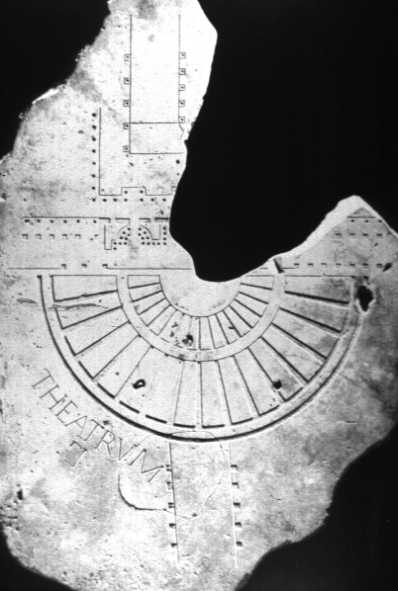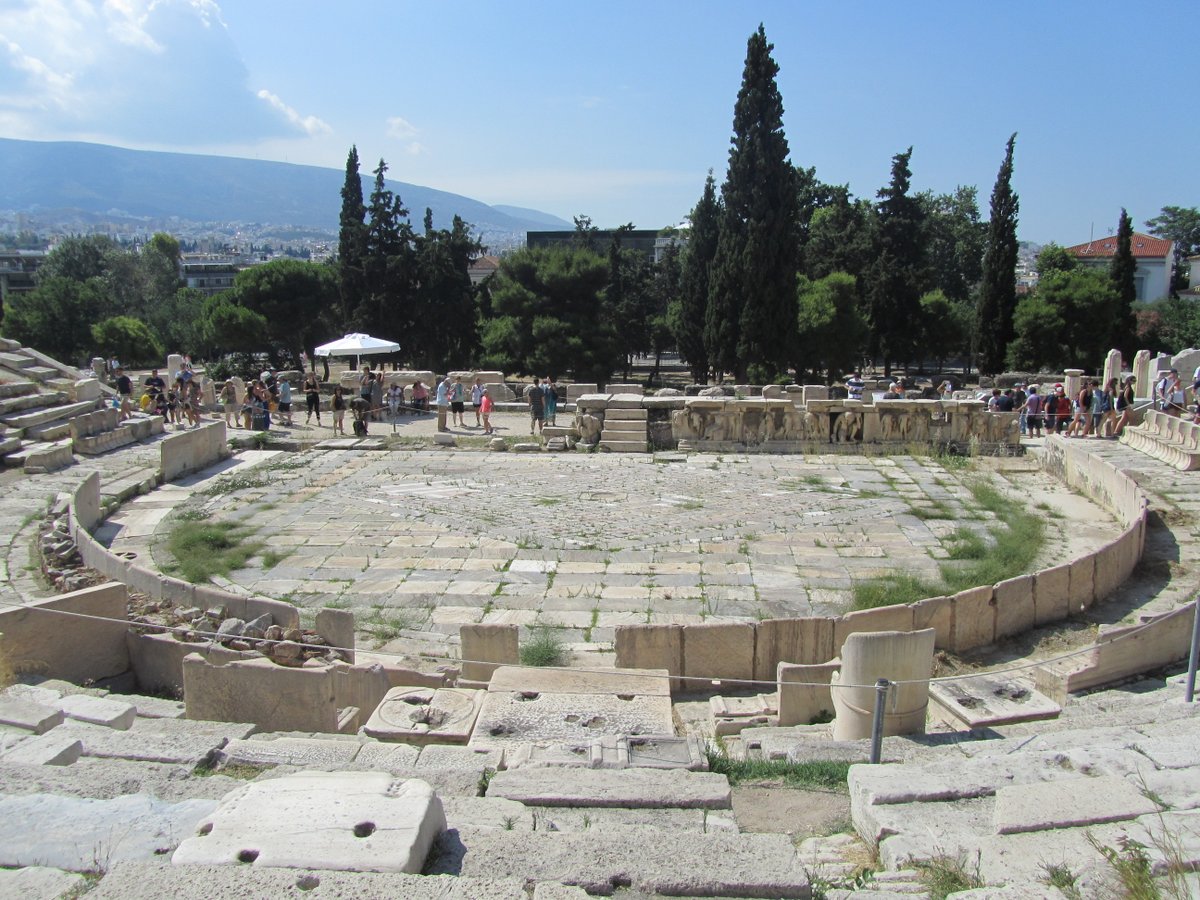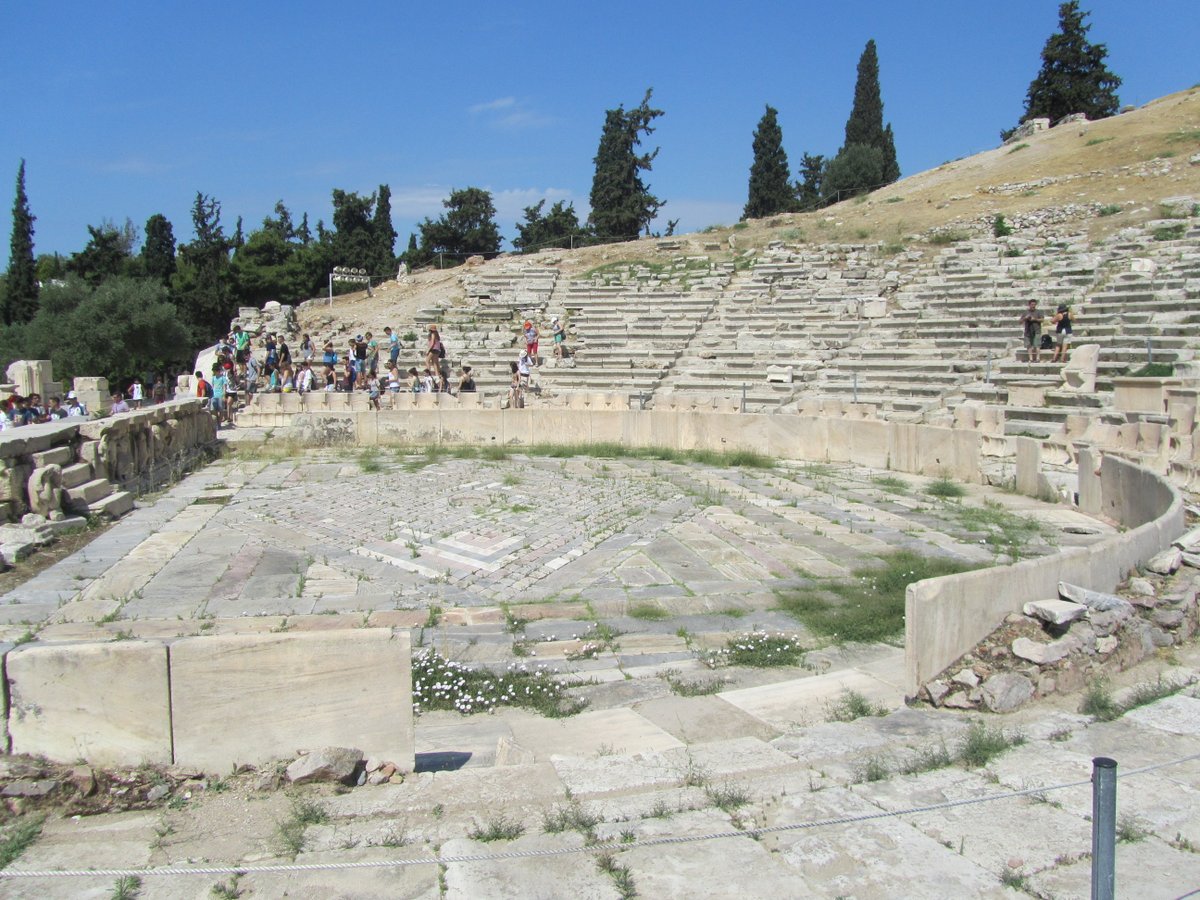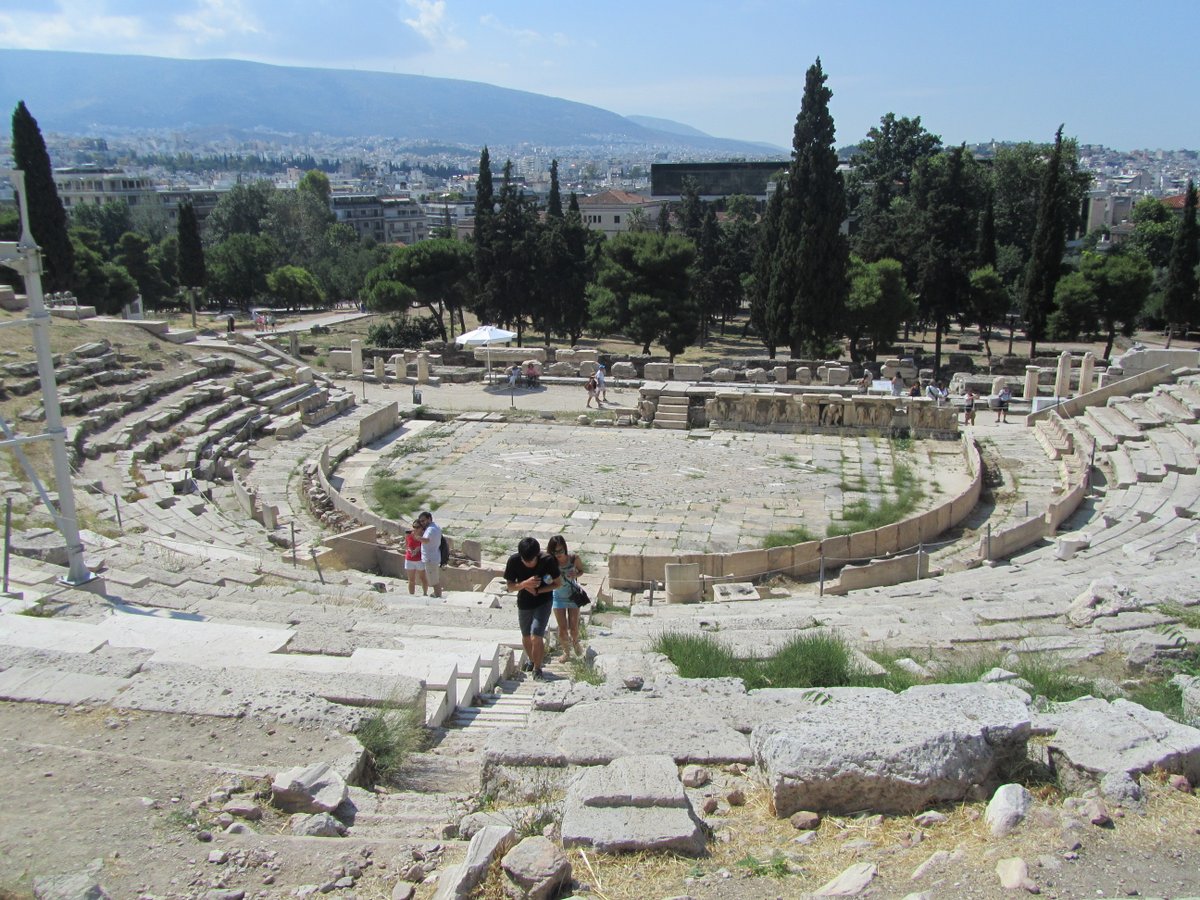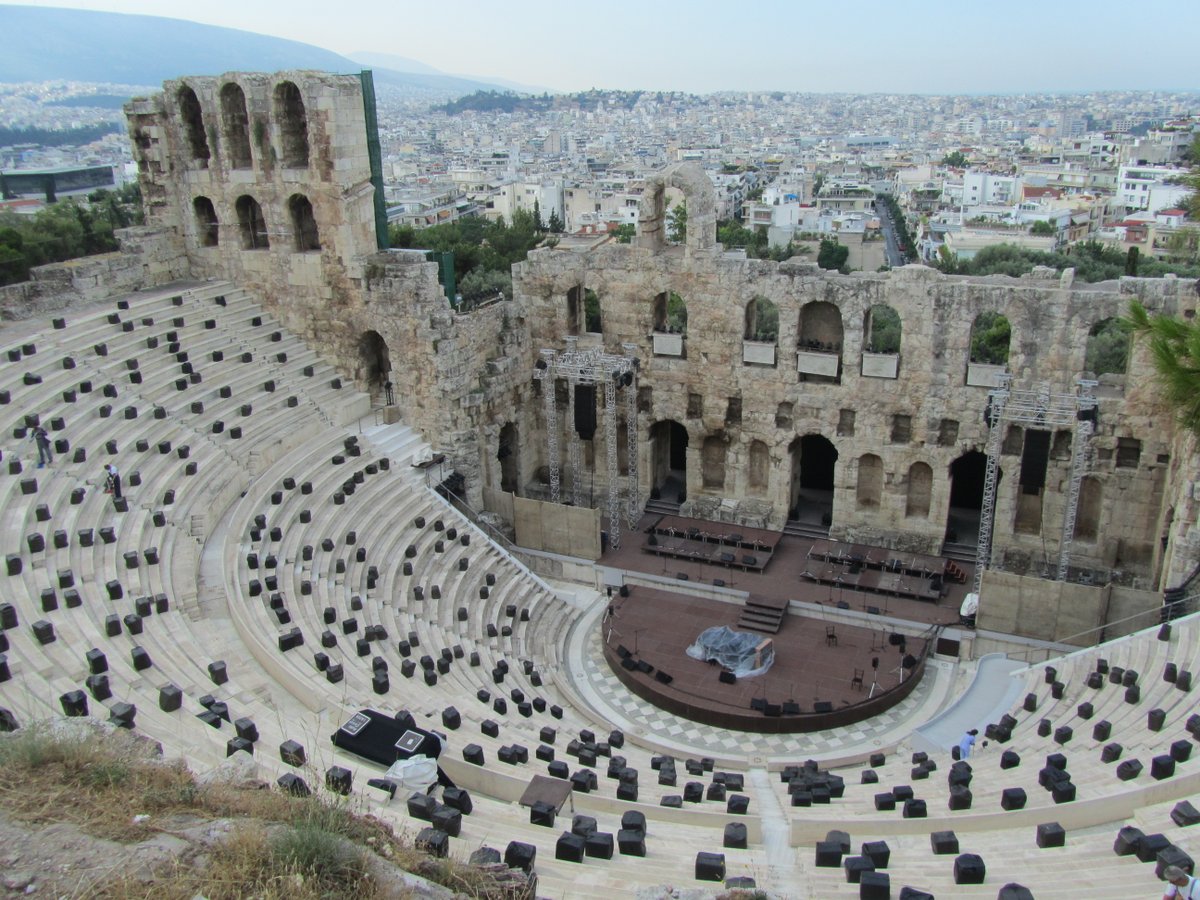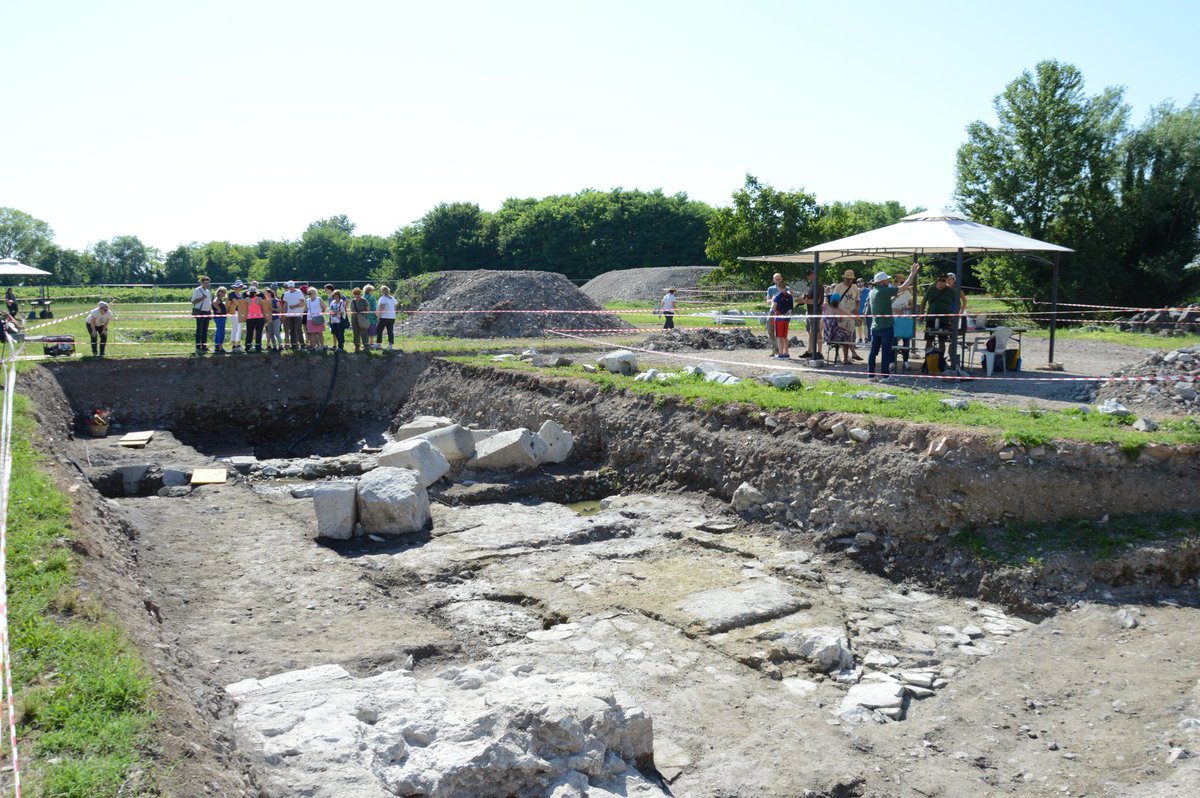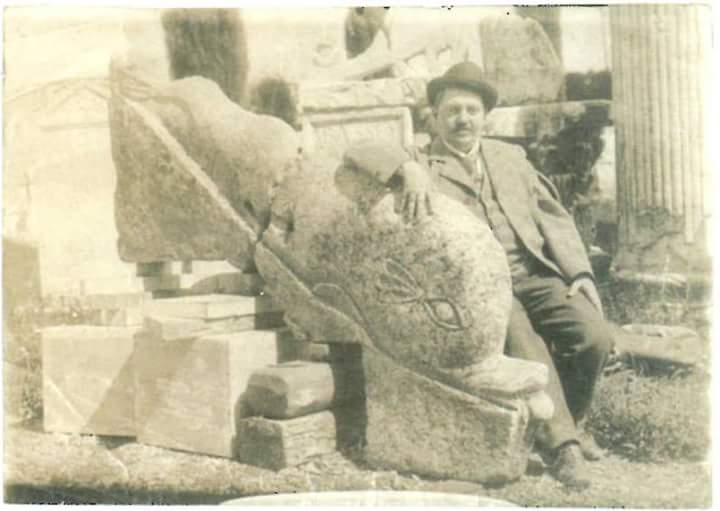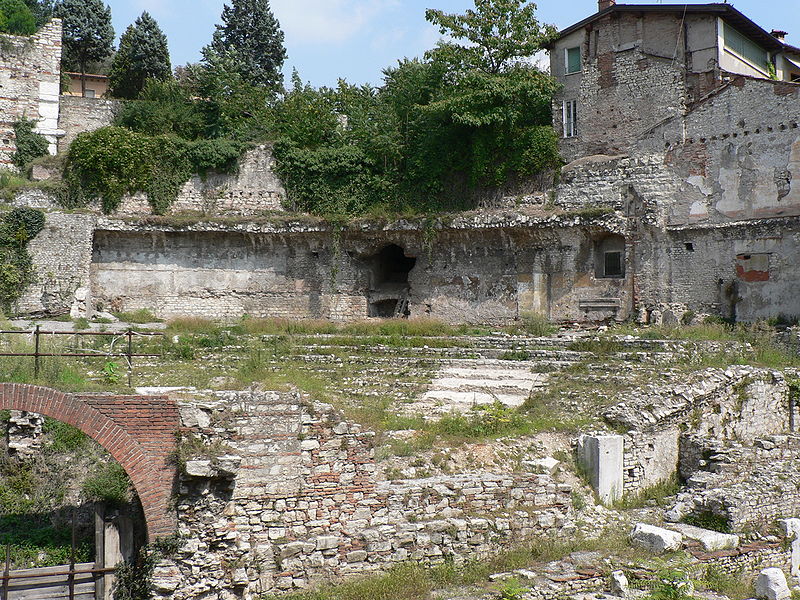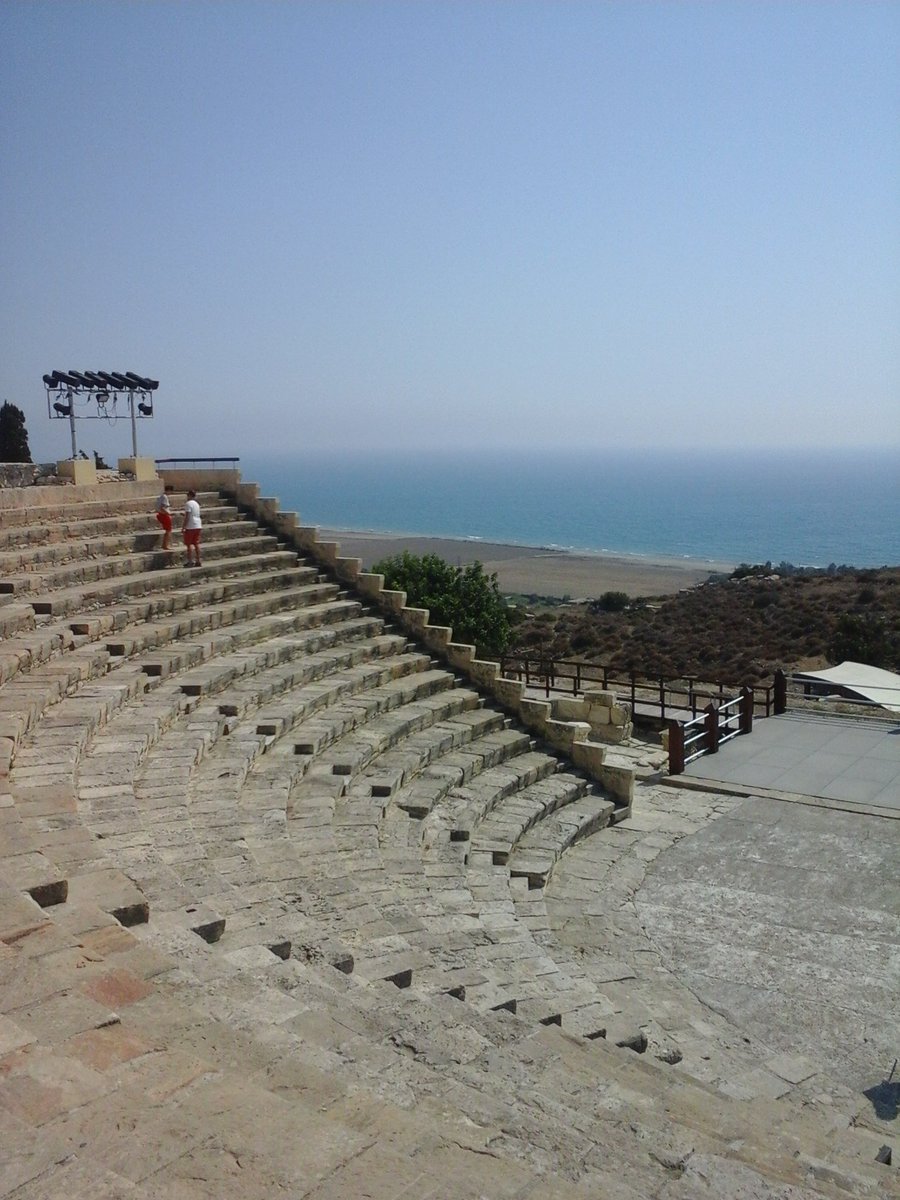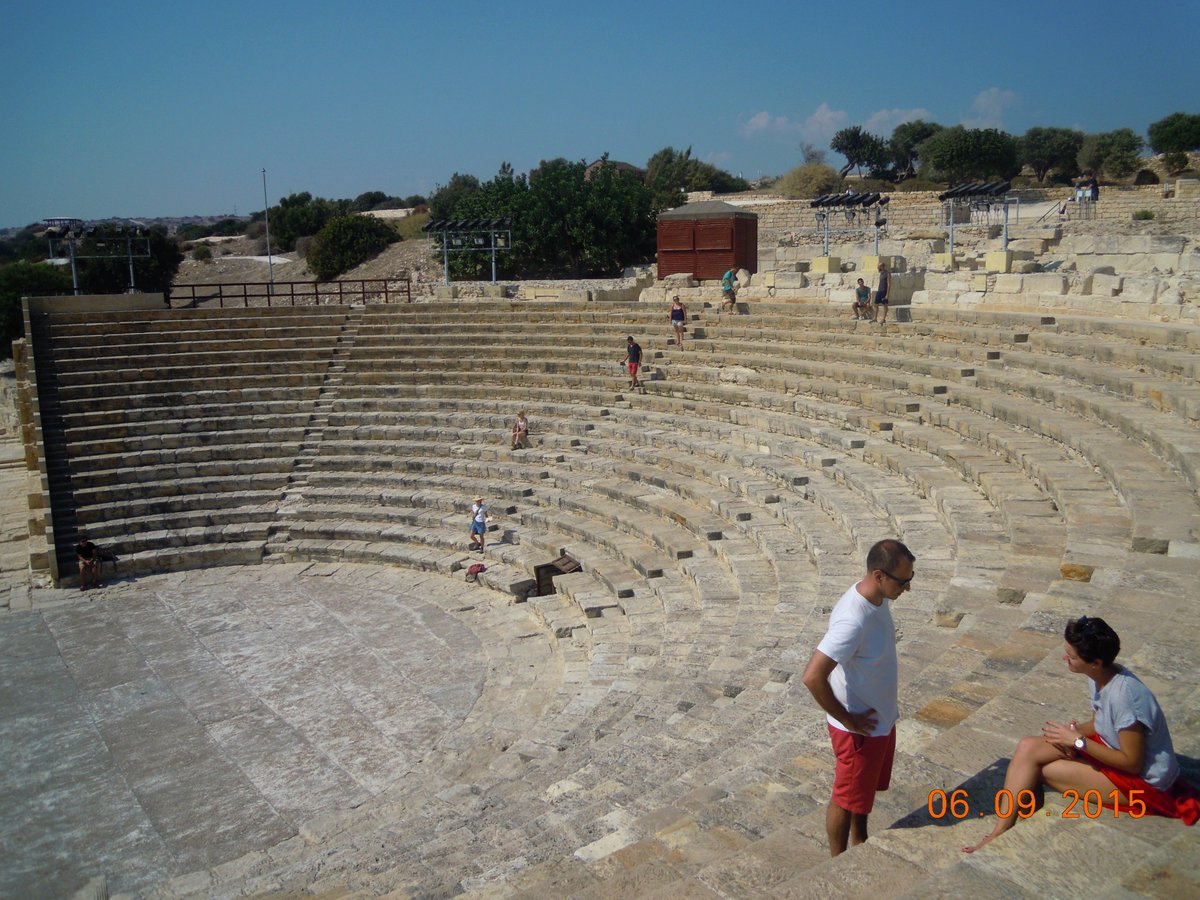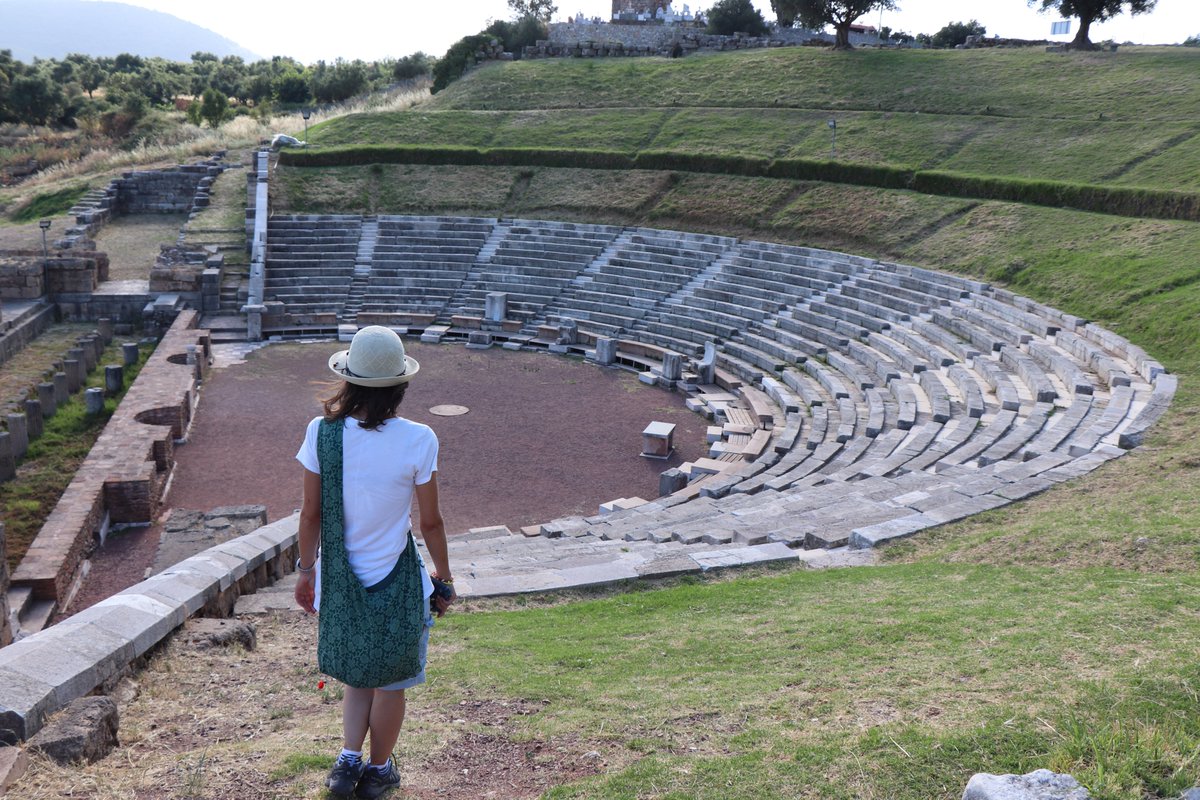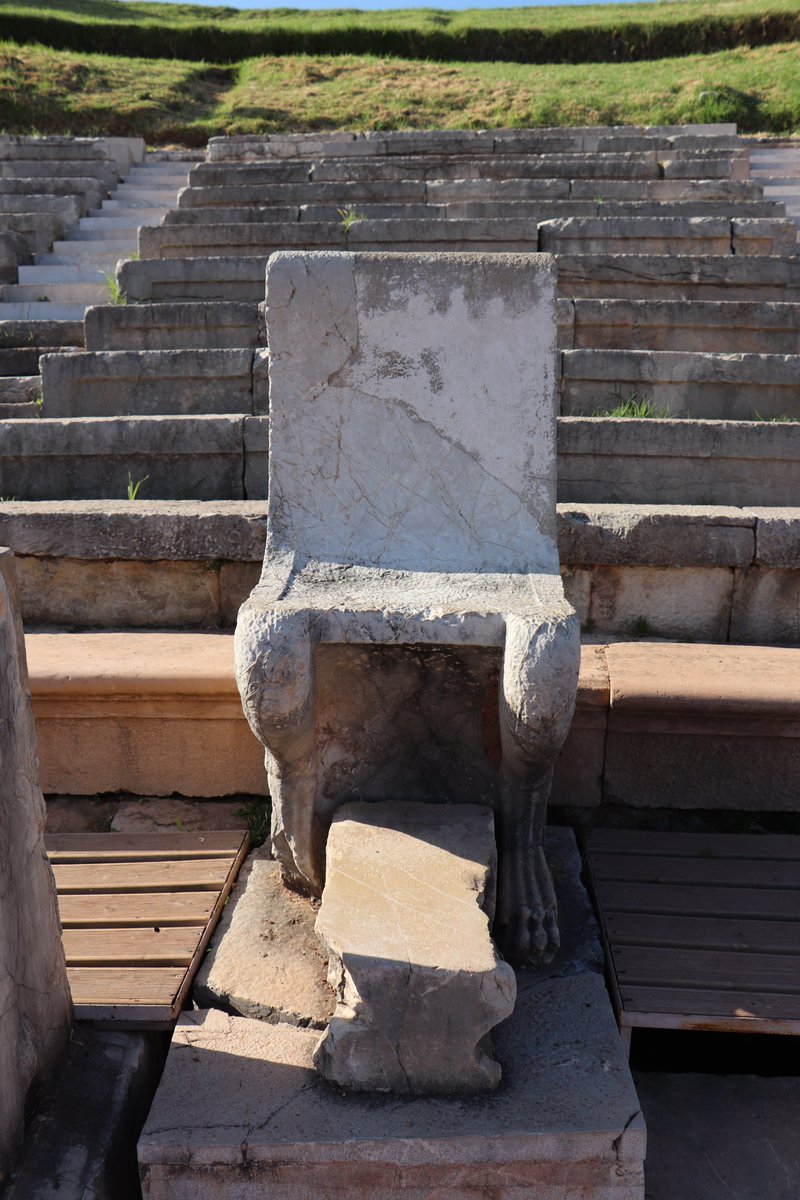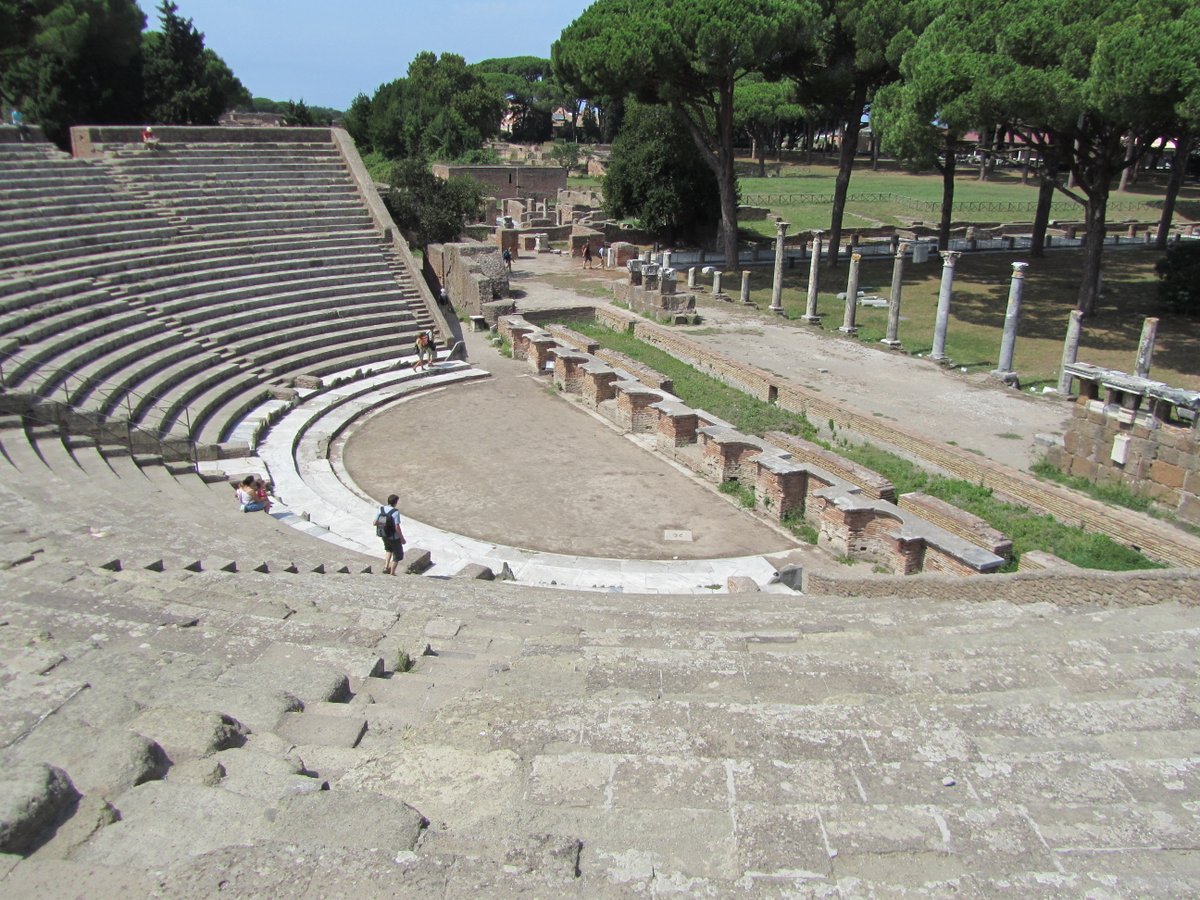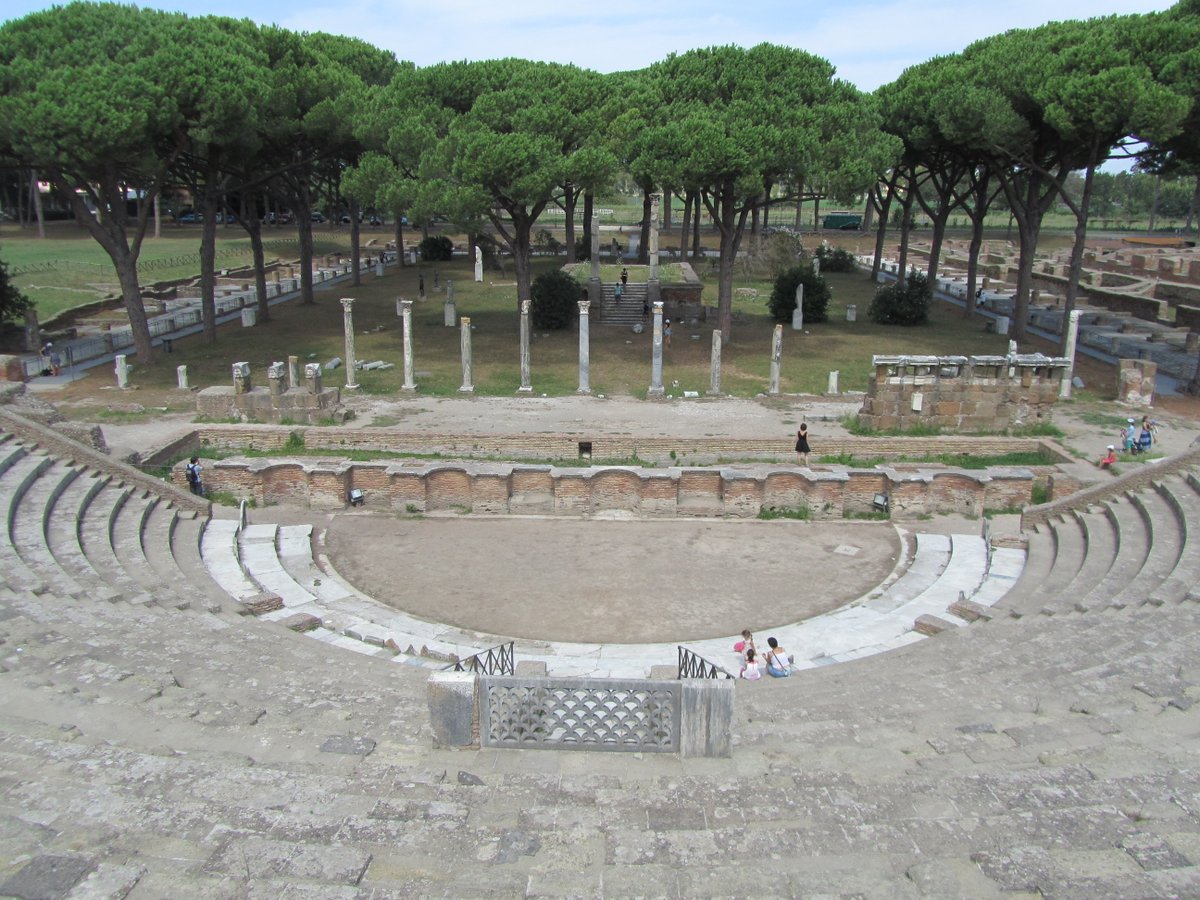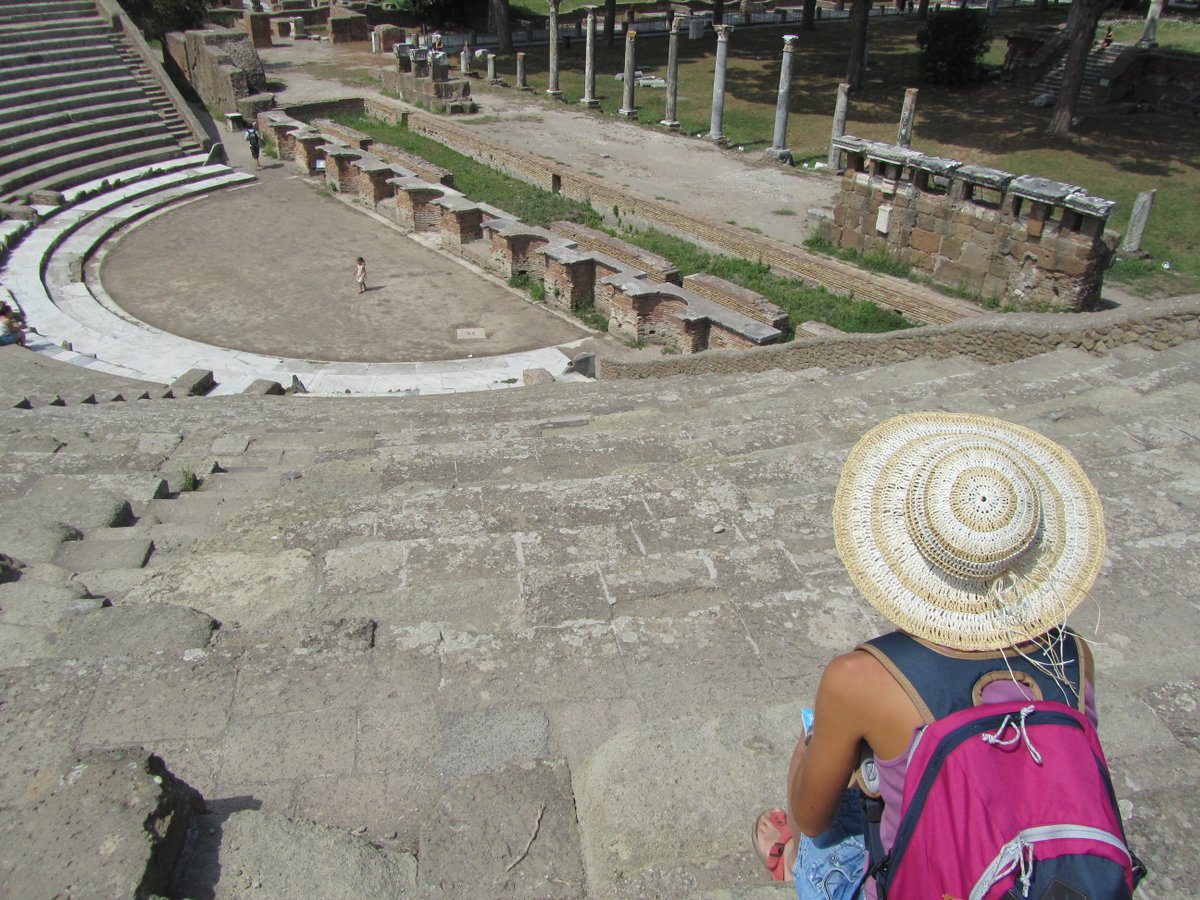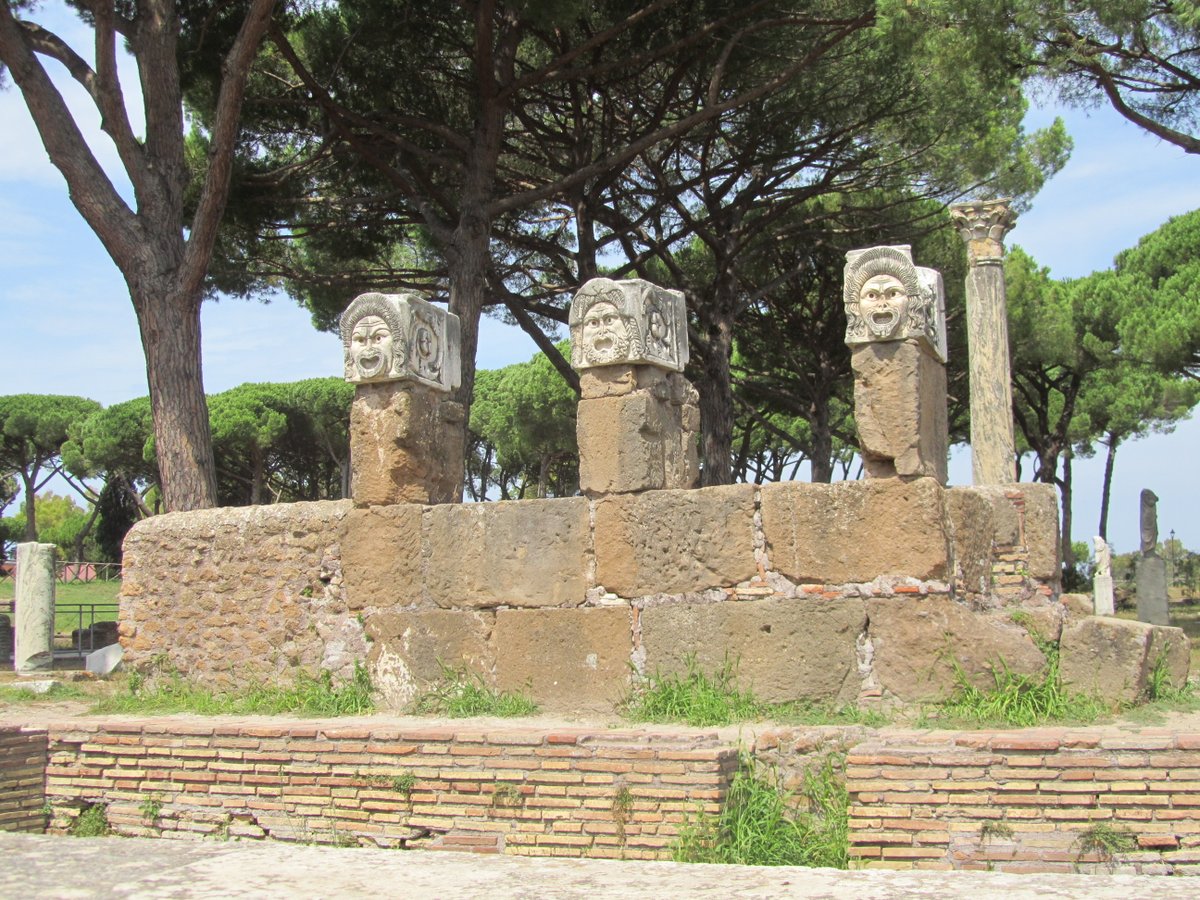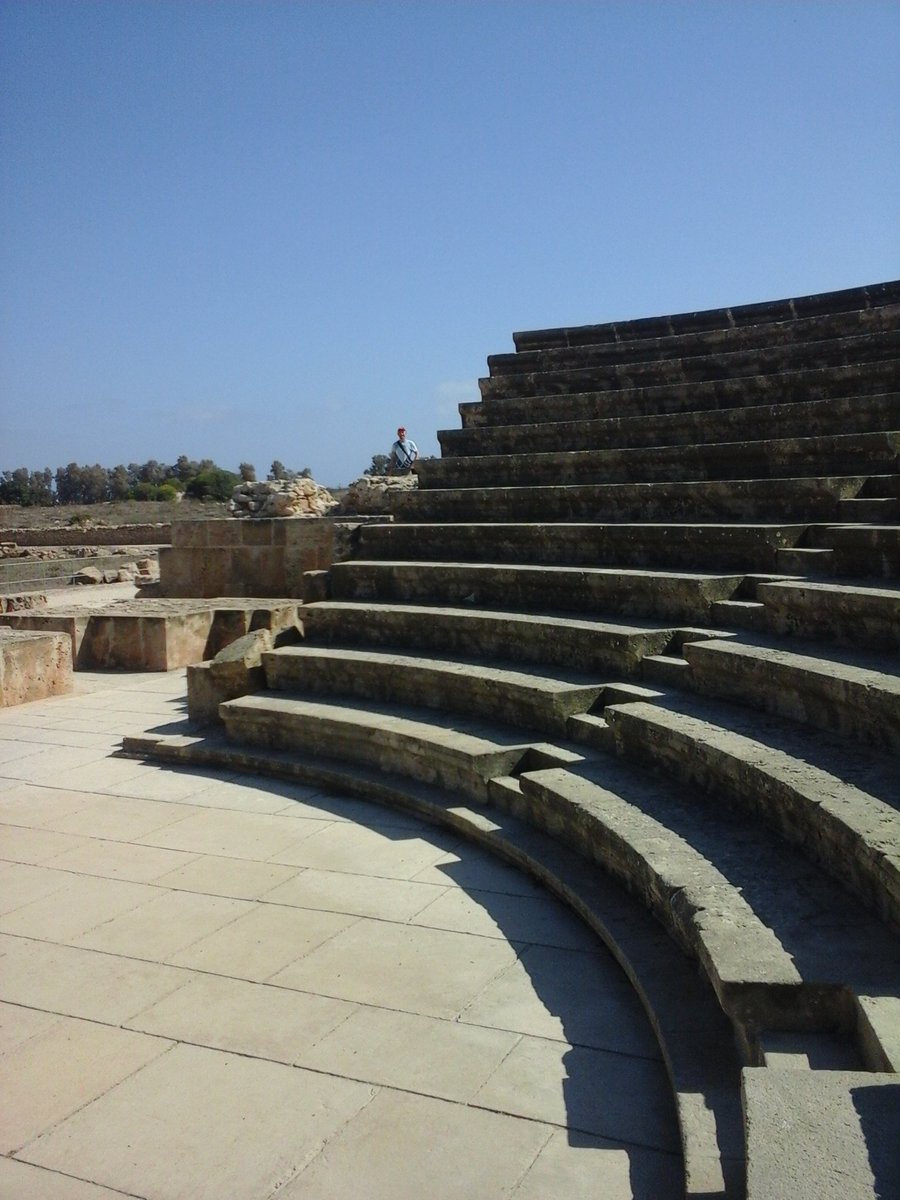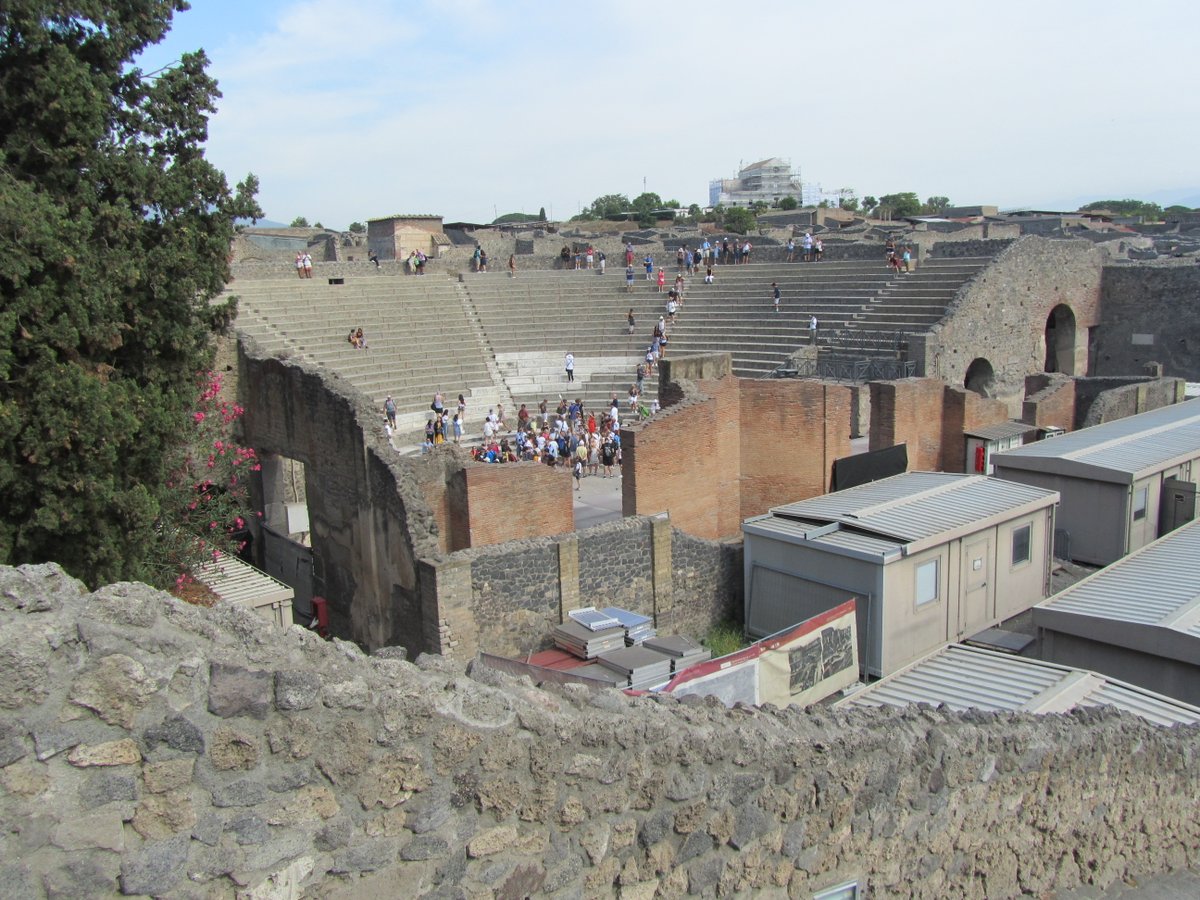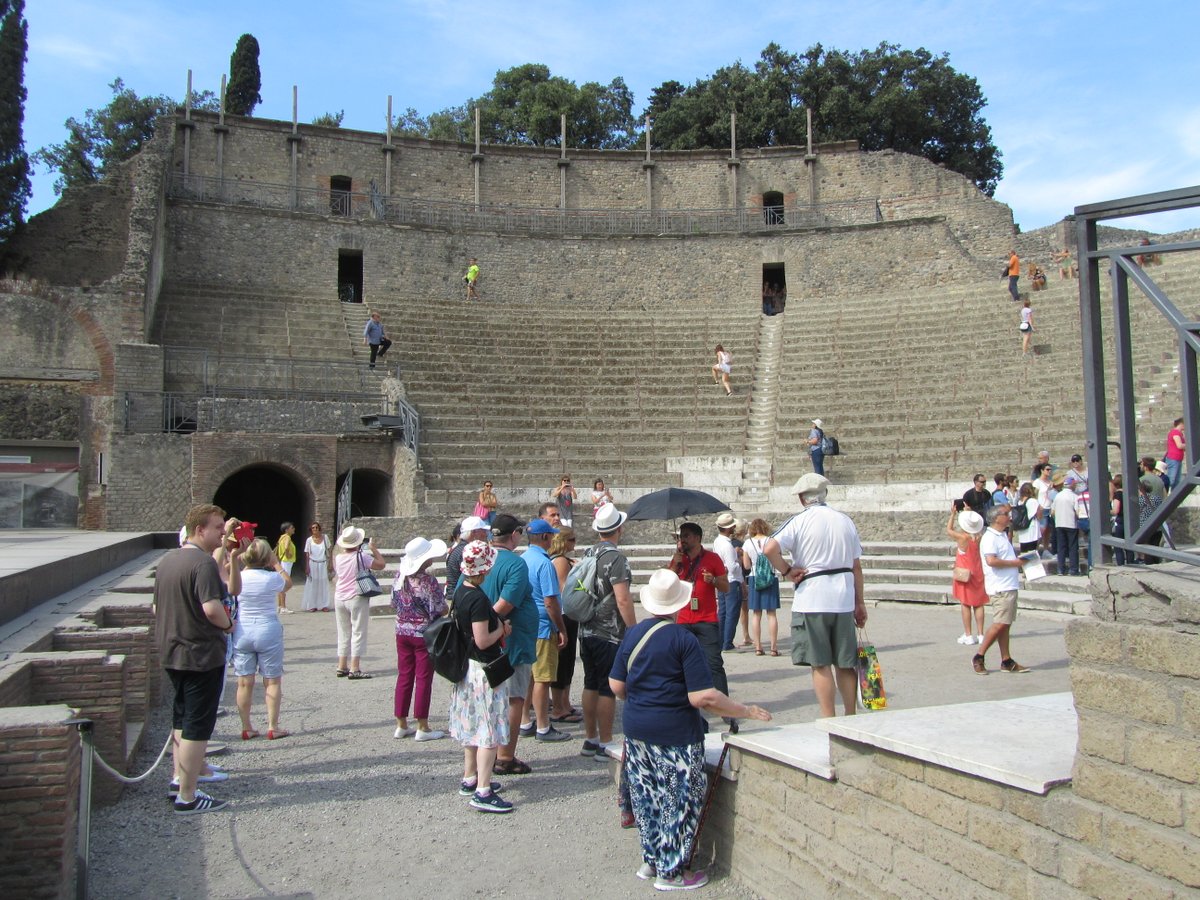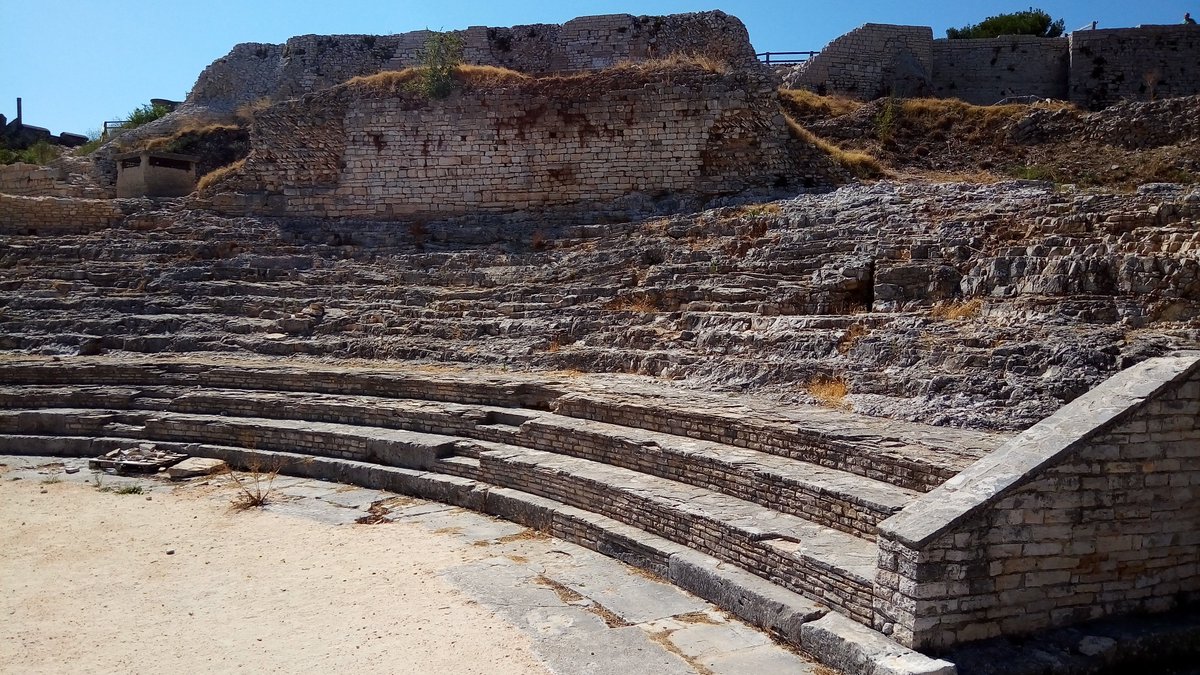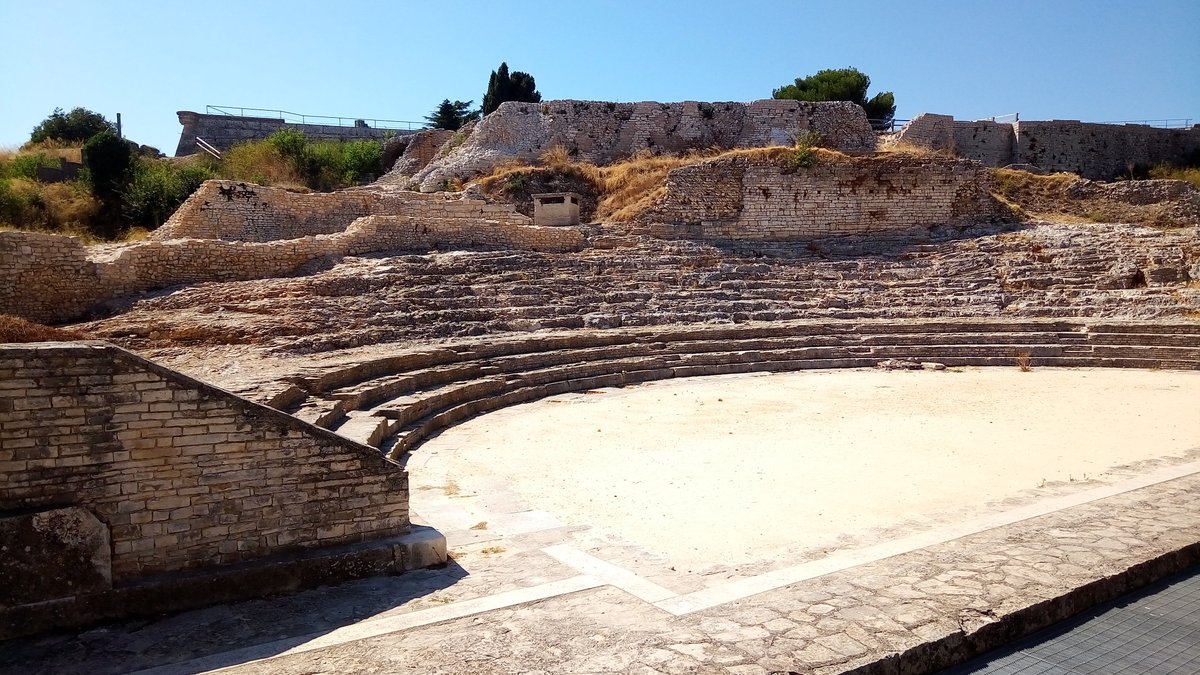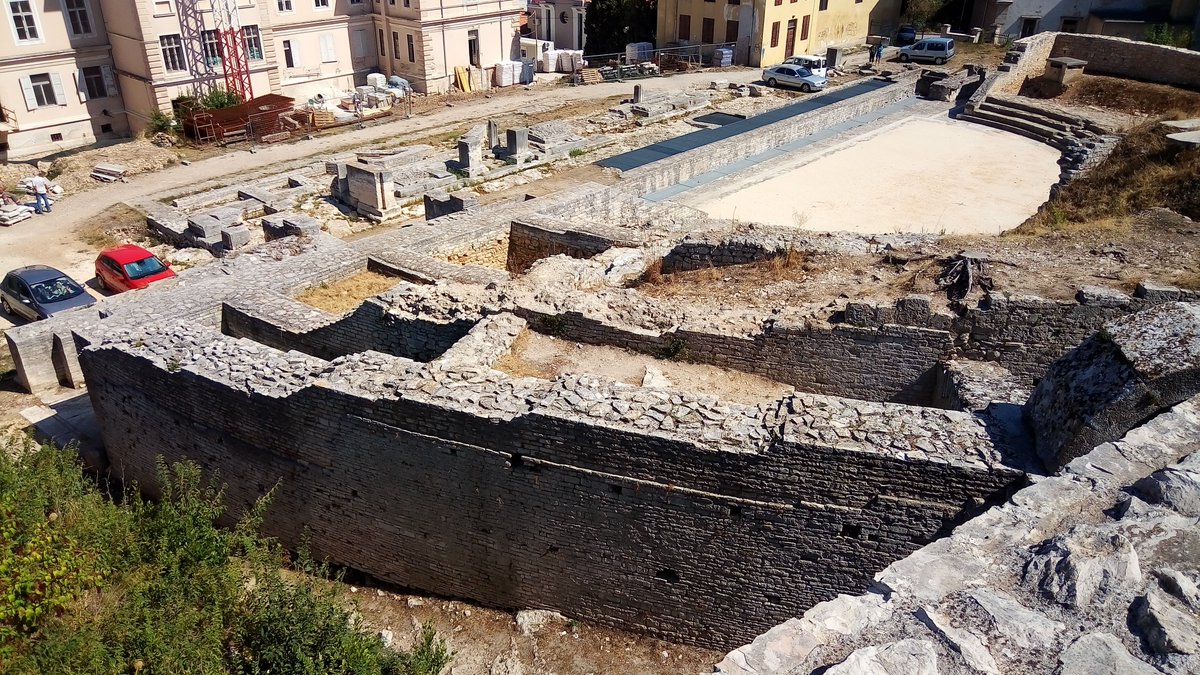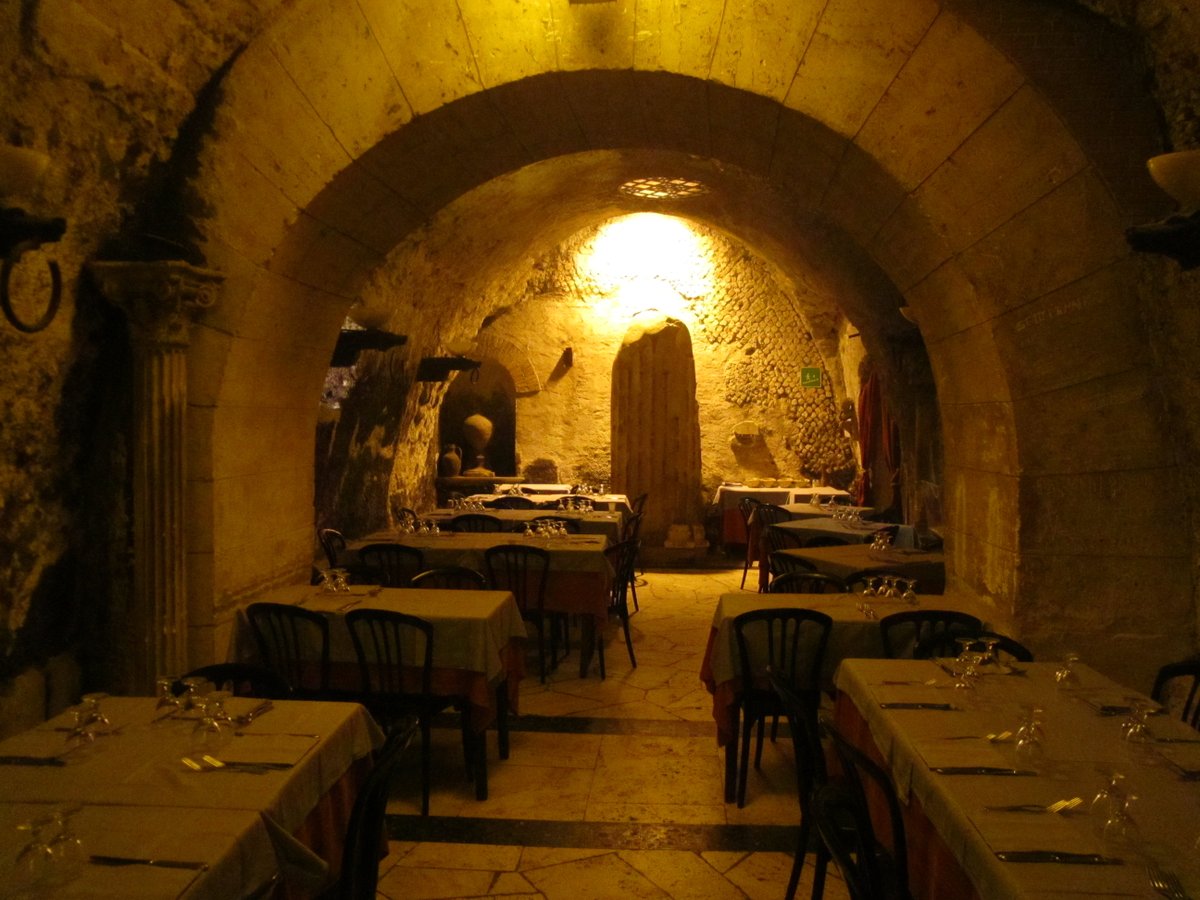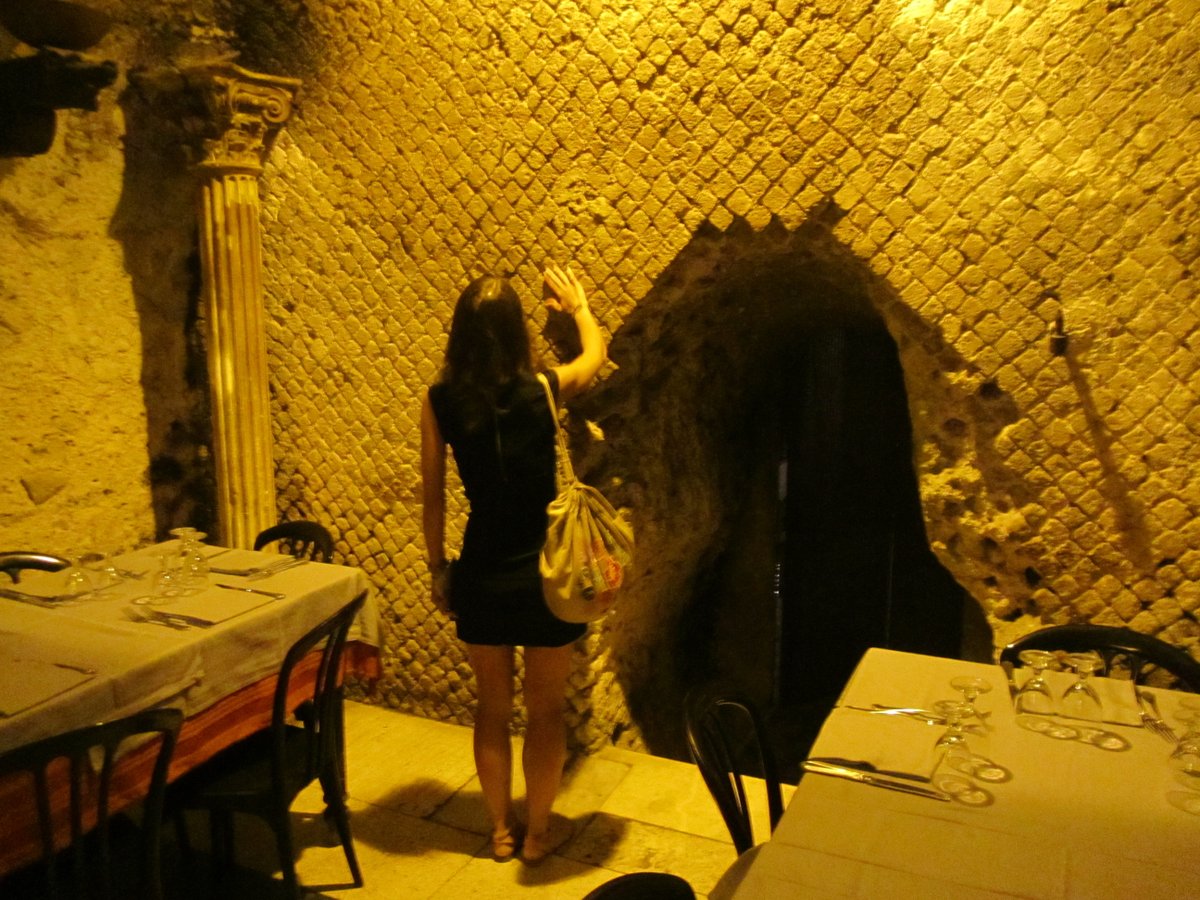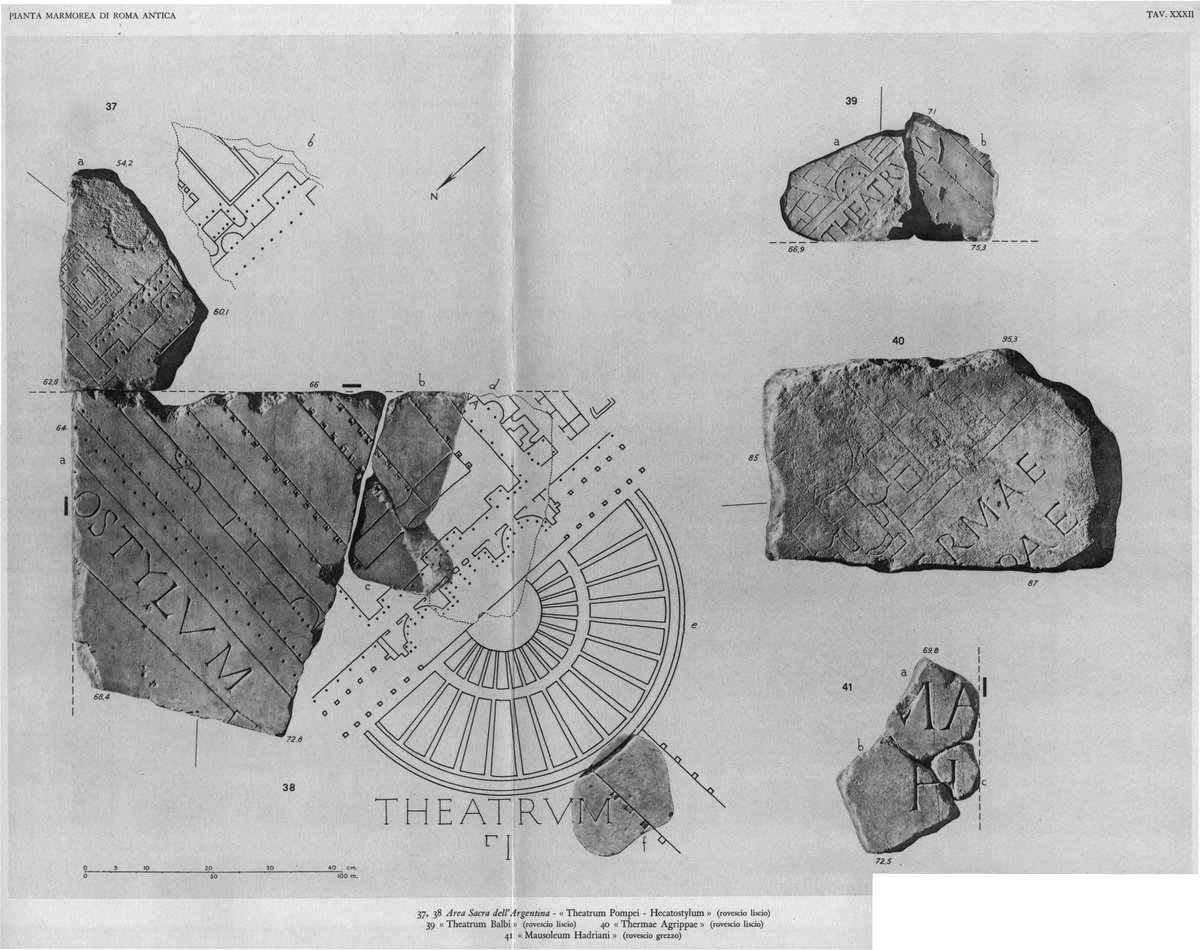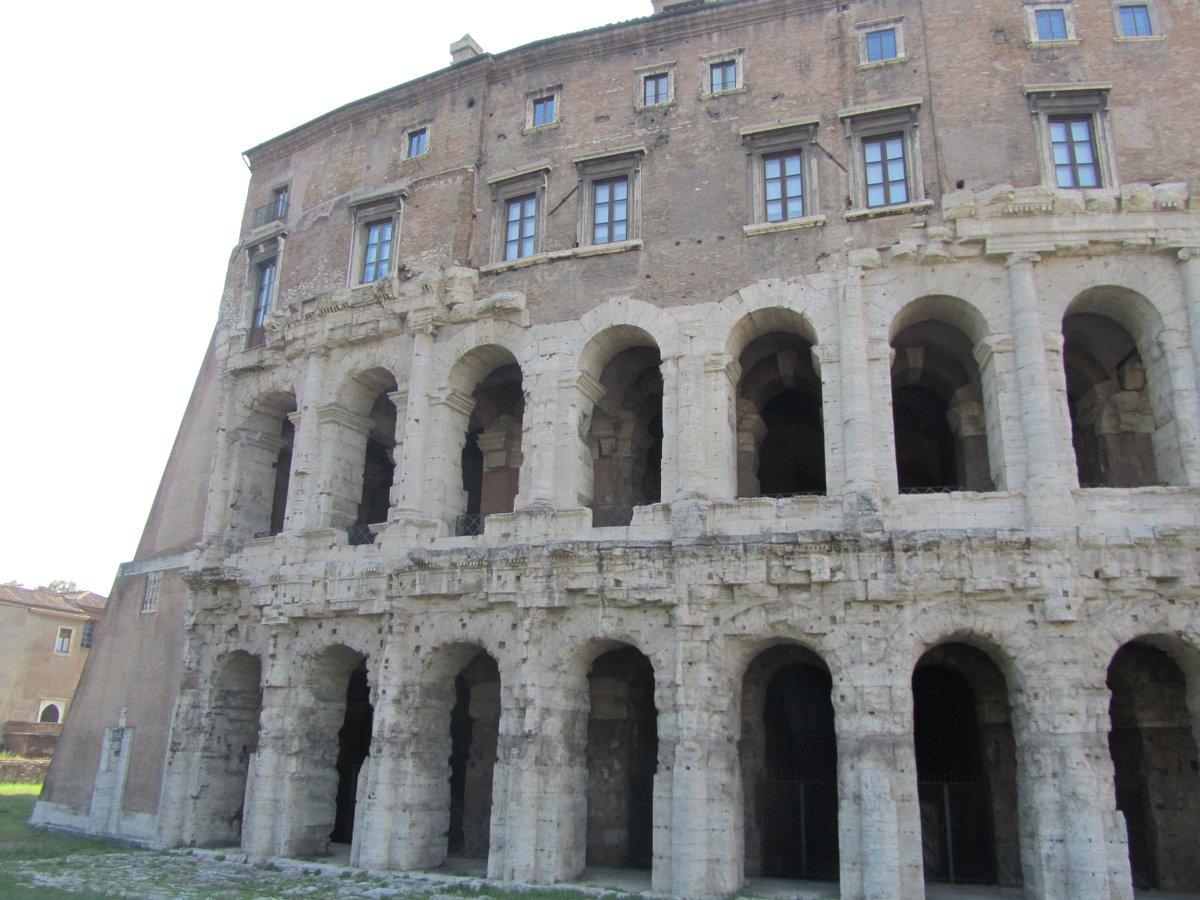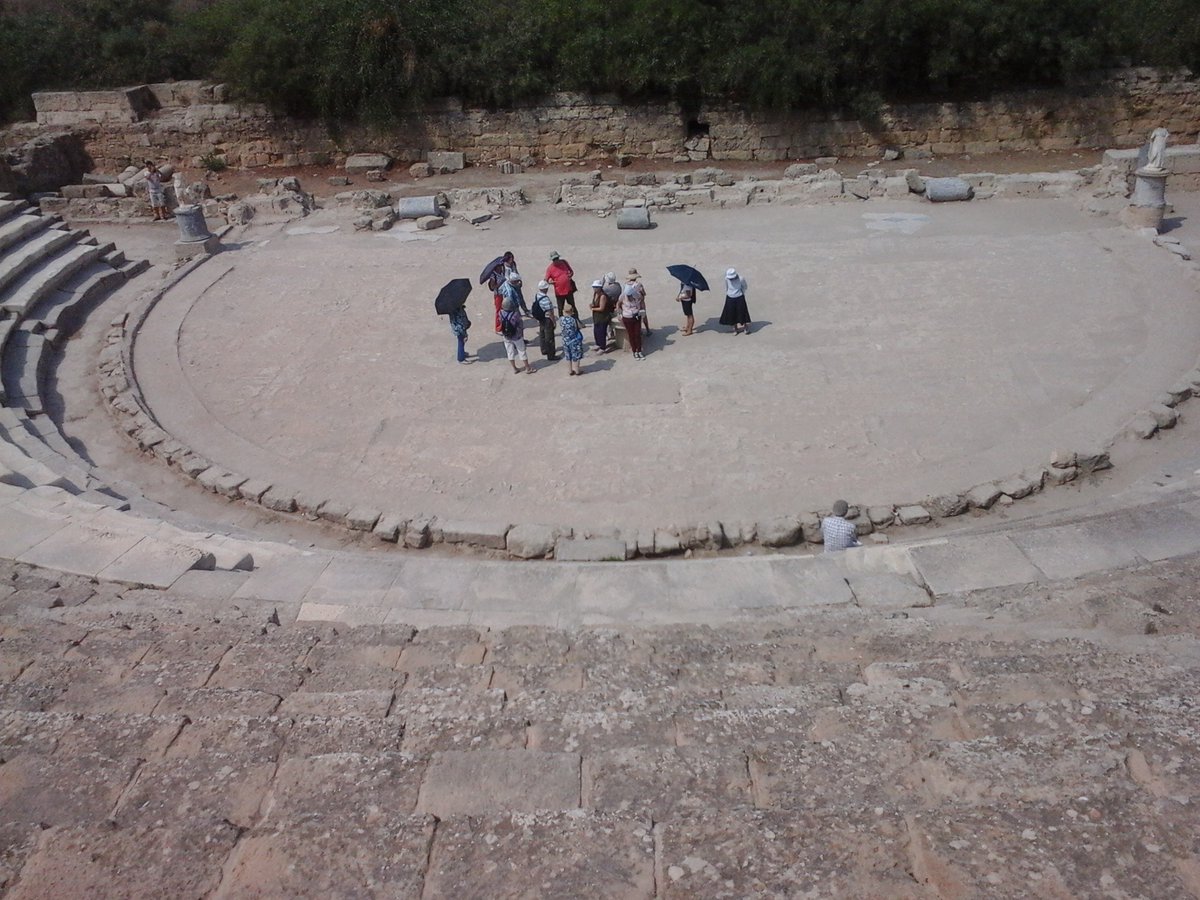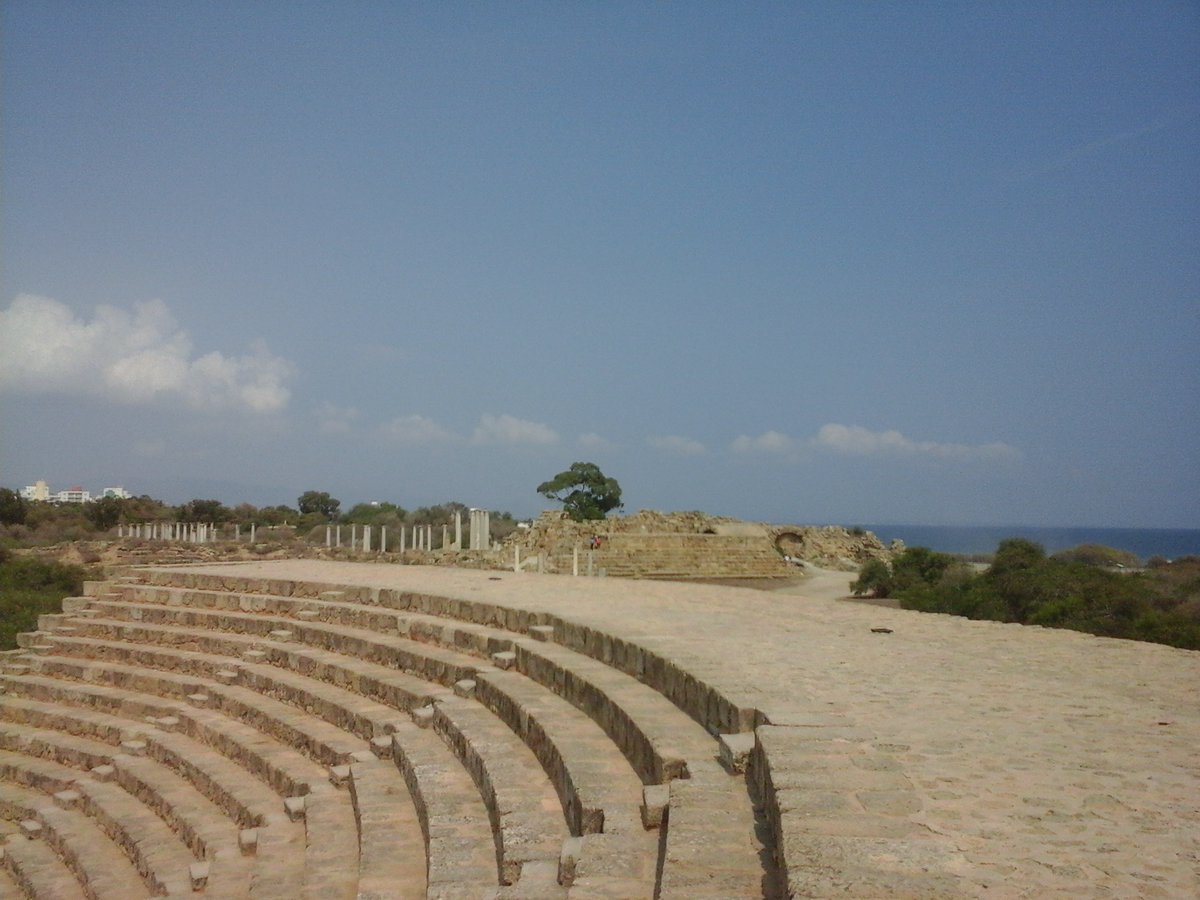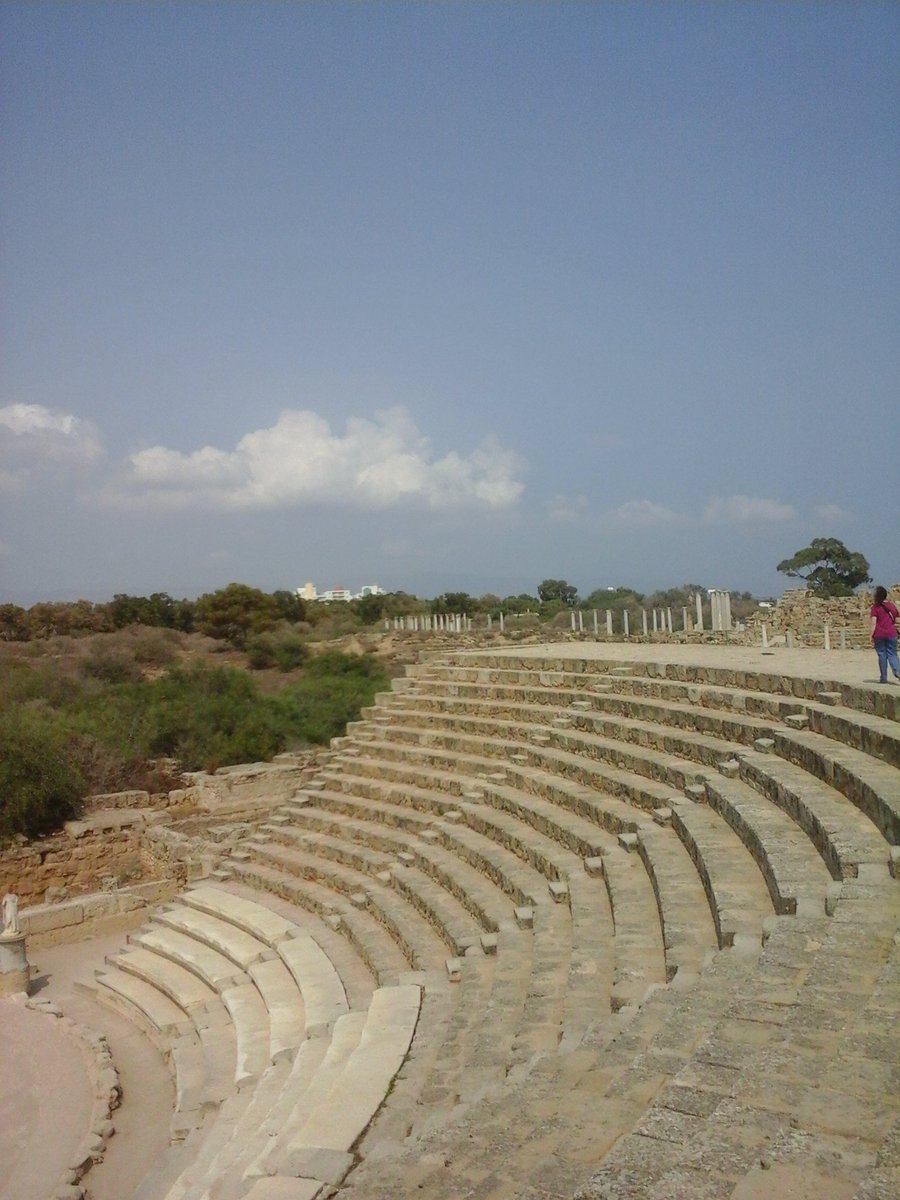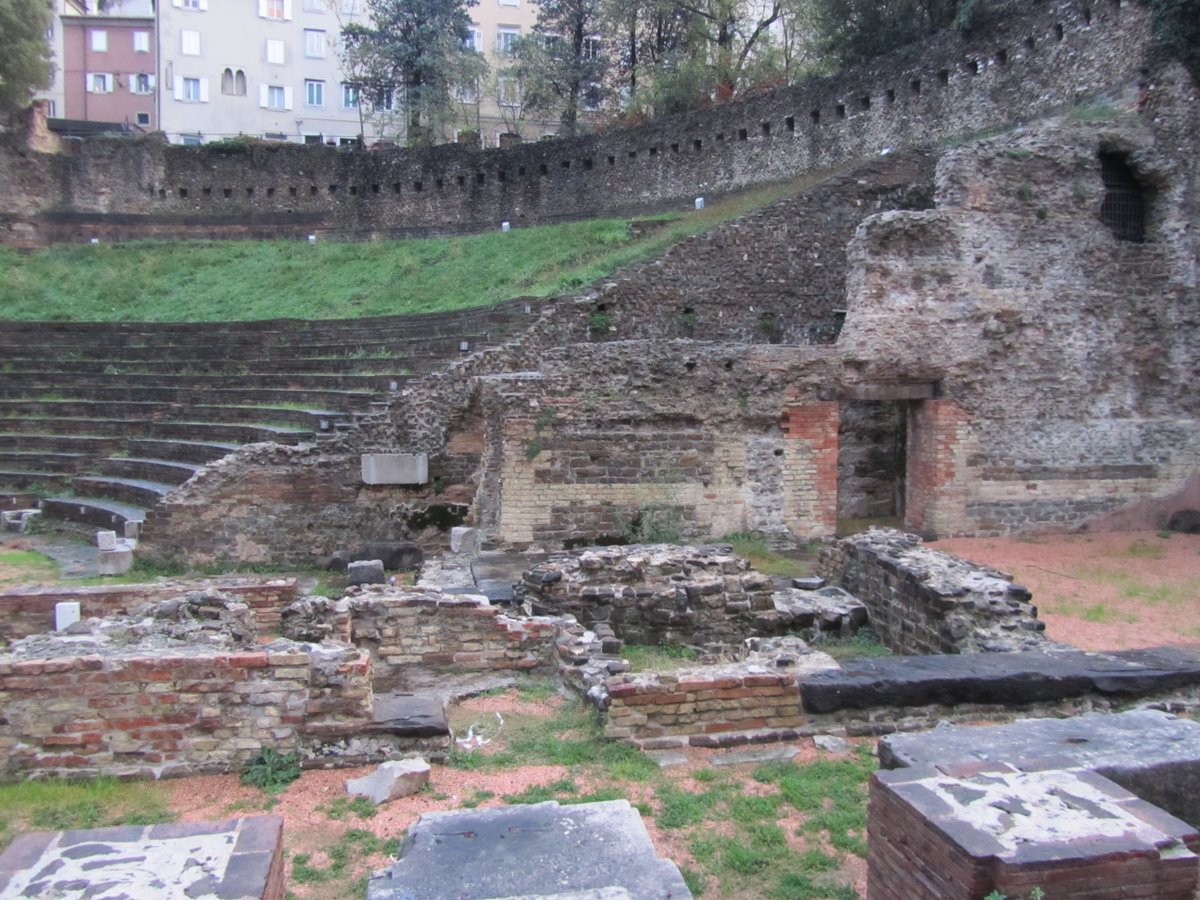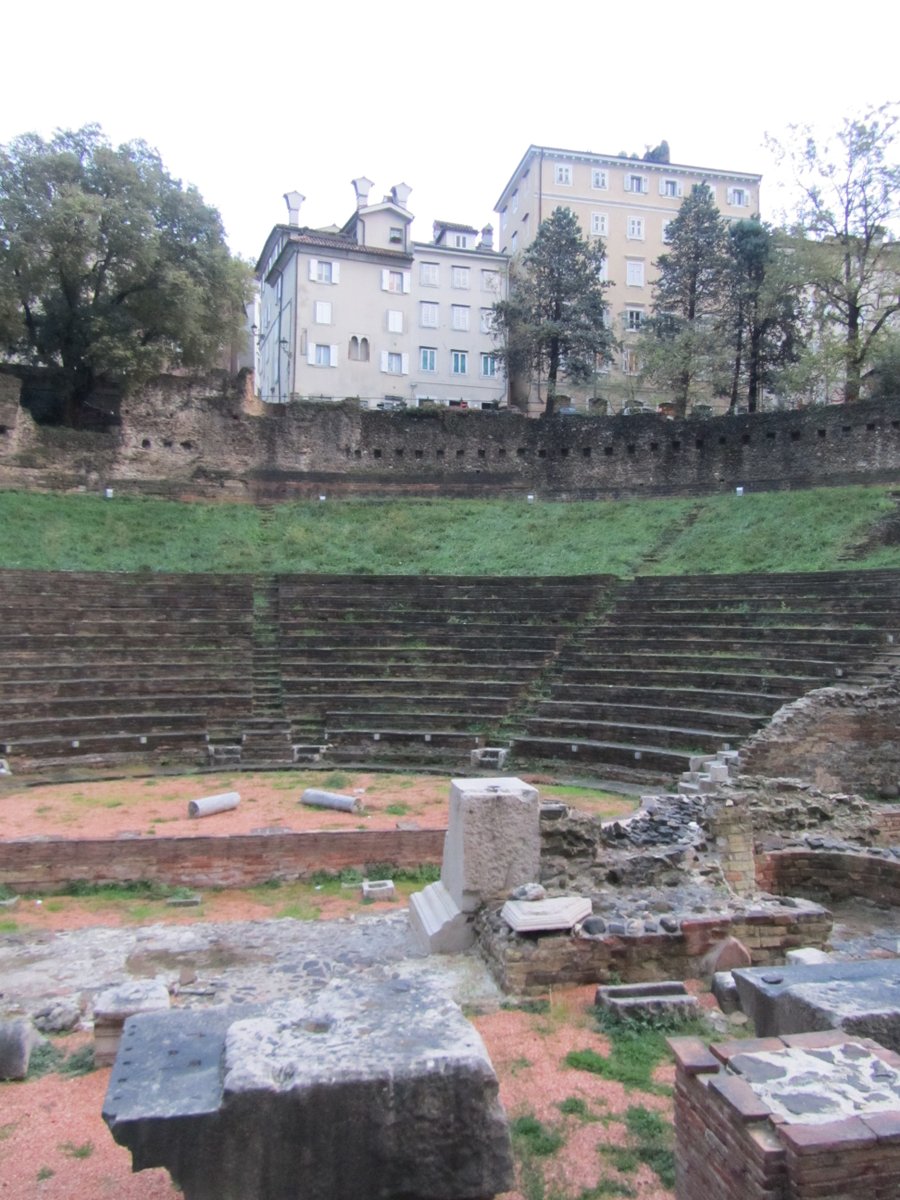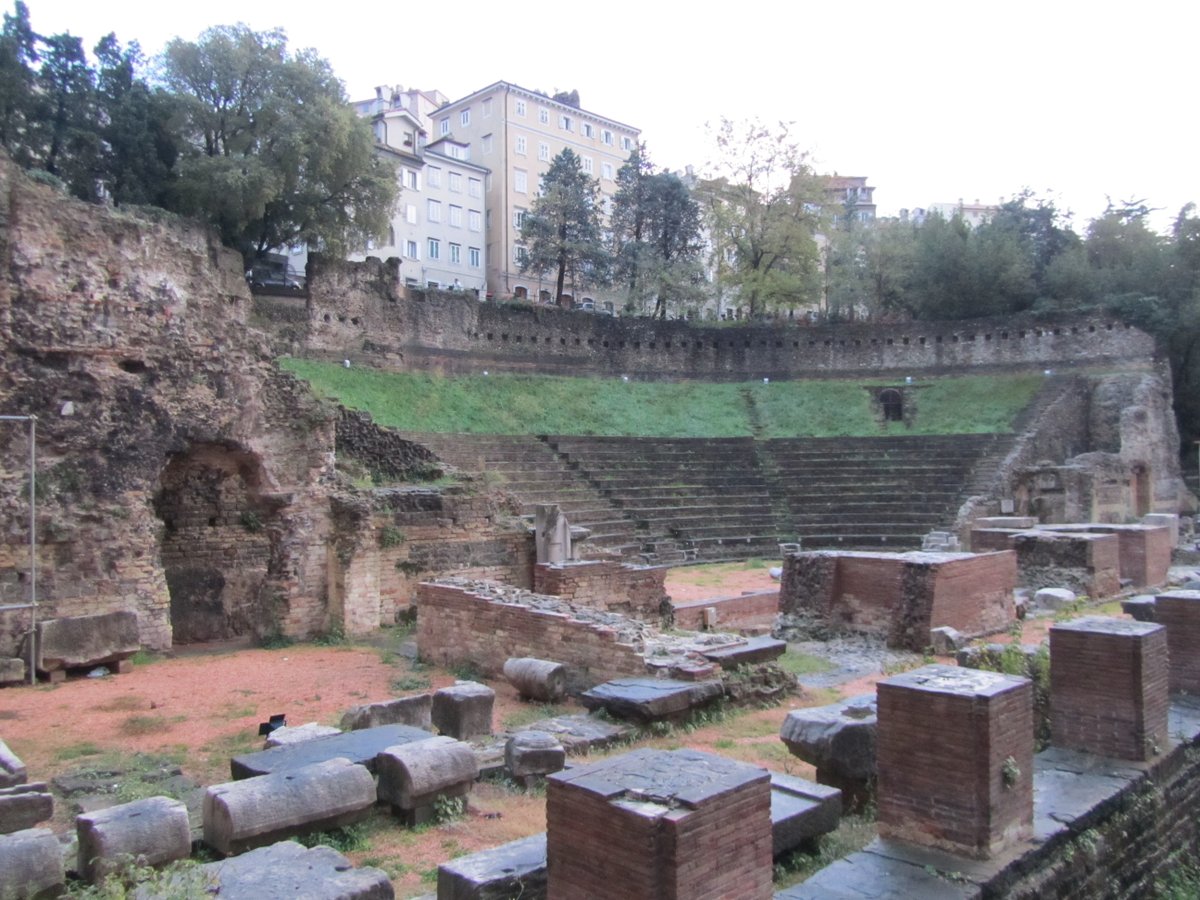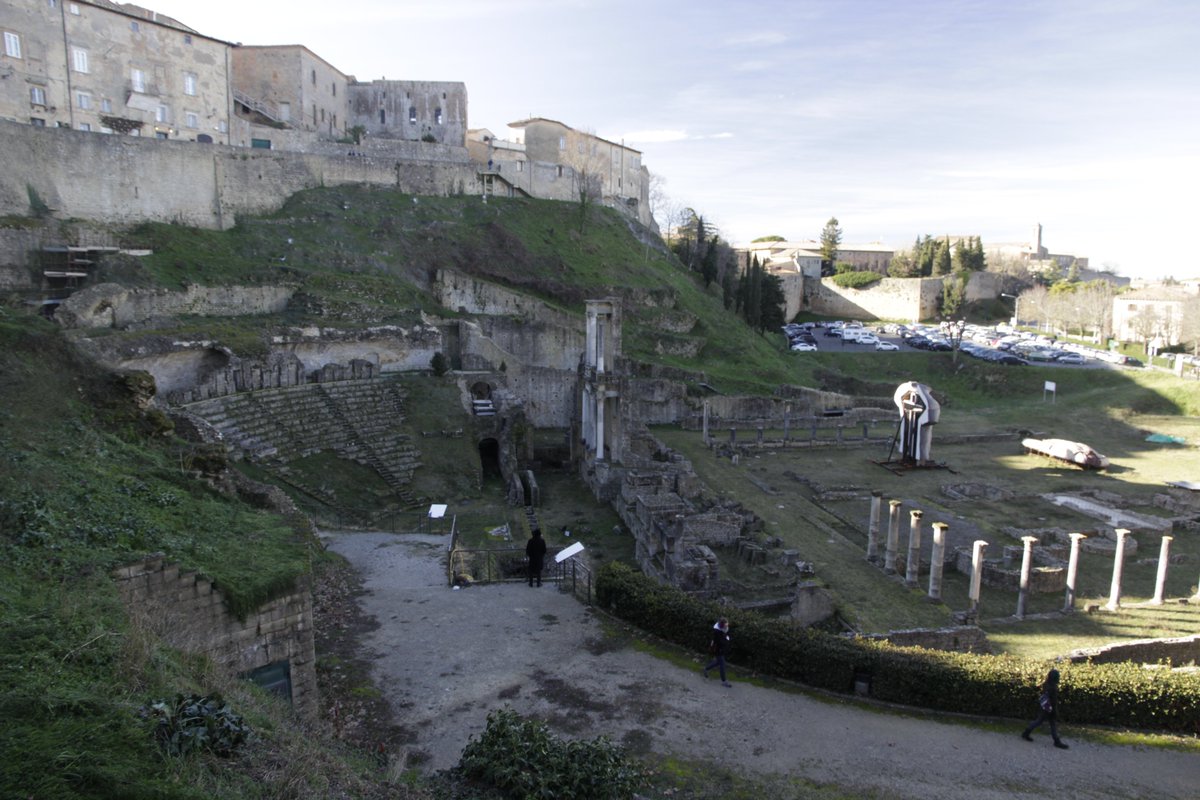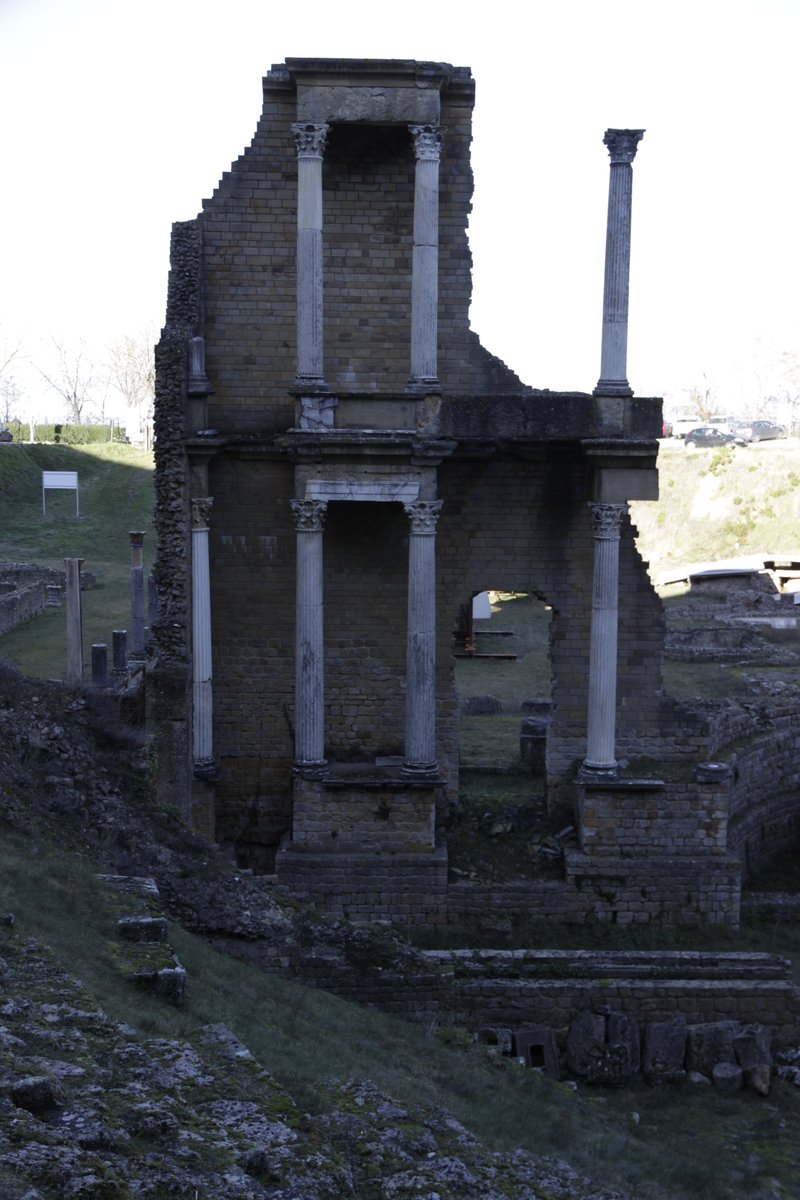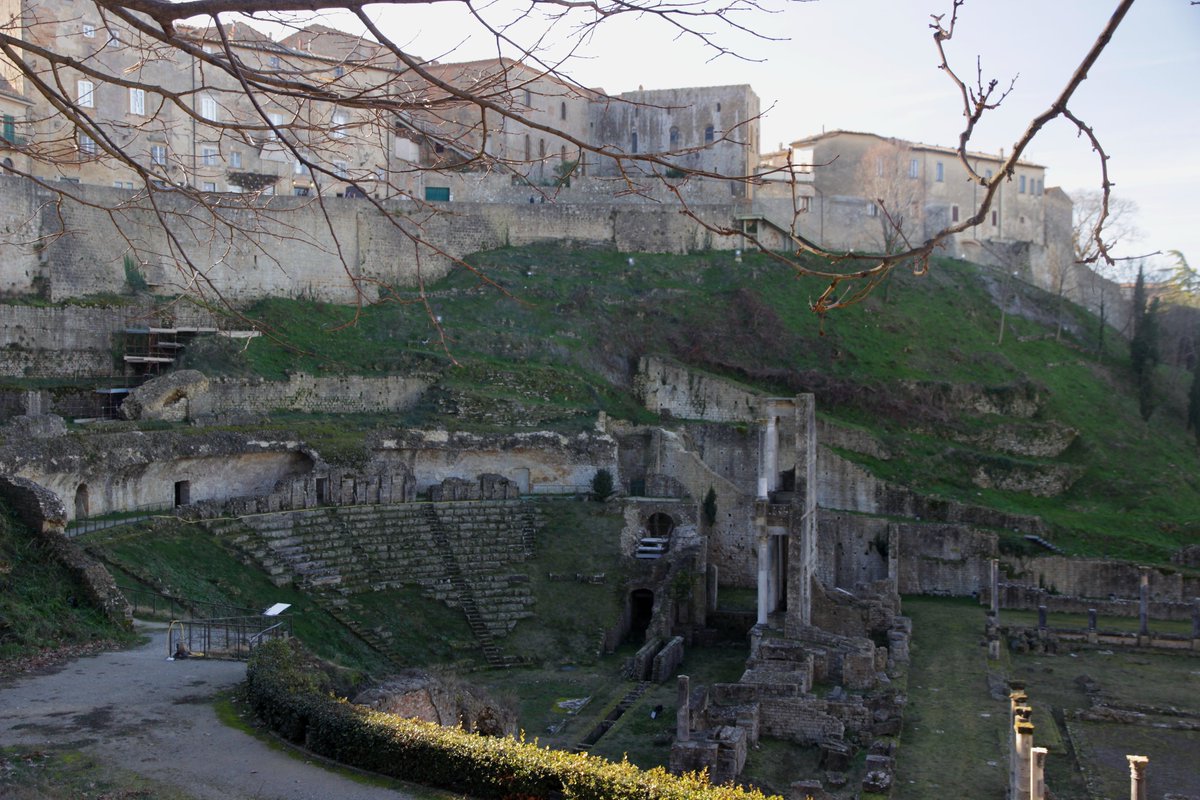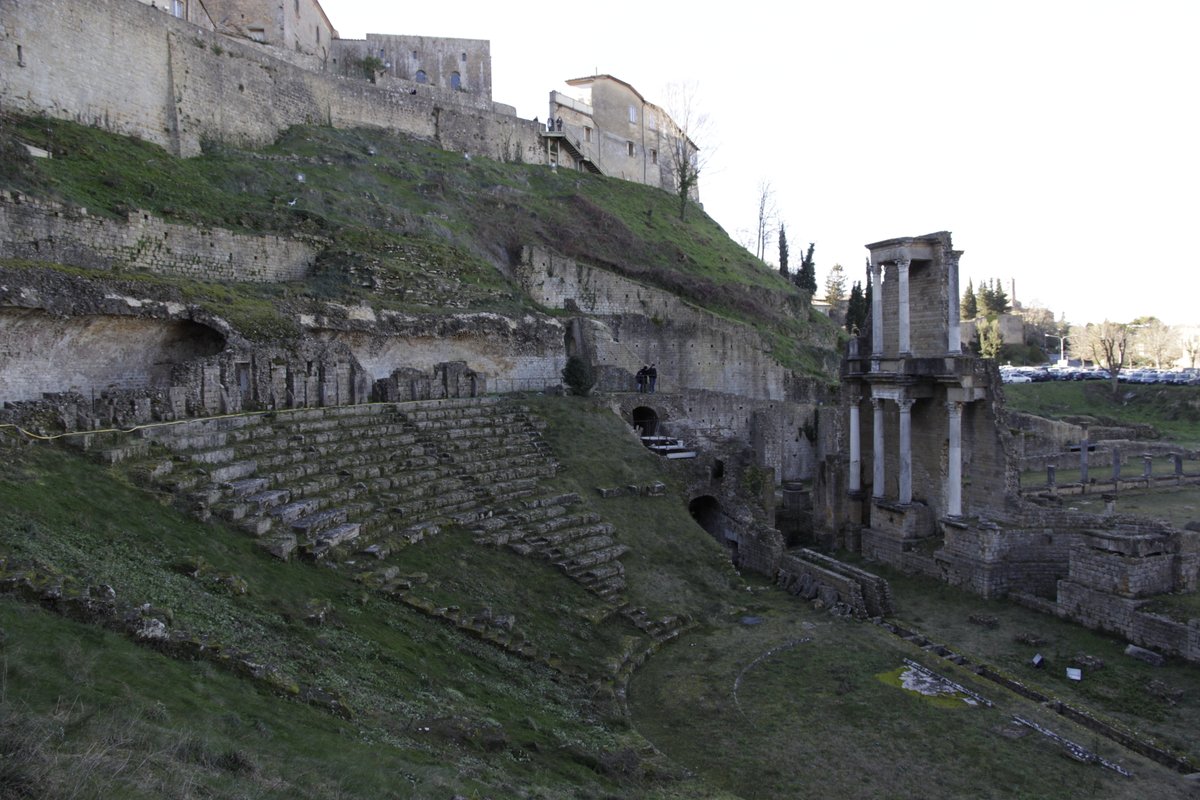Since "Graecia capta ferum victorem cepit (once defeated, Greece conquered its savage captor, Horace)" #theaters were an essential features in both Greek & Roman towns. Let& #39;s use today& #39;s #MuseumsUnlocked for thread exploring some of them! 1/16
Let& #39;s start from the beginning: the Theatre of Dionysus on the south slope of the Acropolis hill, in #Athens. Built in the VI BC, was the place where Aeschylus, Sophocles and Euripides drama were performed,during the Great Dionysia, the festival for wine God #MuseumsUnlocked 2/16
In II AD Herodes Atticus, the Greco-Roman politician and sophist, built, on the SW slope of the Acropolis, his Odeon, meant to be a music venue, able to host 5,000 spectators under its wooden roof made of cedar of Lebanon timber #MuseumsUnlocked 3/16
And now, let& #39;s start our trip around the #RomanEmpire, in strict alphabetical order. Being one of the most important #Roman city, also #Aquileia used to have a theatre. After a century-old debate about its location, it& #39;s now under investigation by @UniPadova #MuseumsUnlocked 4/16
In the heart of the city, near the Capitoline temple and the forum, the Theatre of #Brescia was built in the II AD, using a slope of the Cidneus hill. It was the second biggest theater in Nothern Italy (after the one in Verona). Sketch by @GiorgioPandiani #MuseumsUnlocked 5/16
The Greco-Roman theatre of #Kourion, on the SW coast of #Cyprus, was built in the II BC on the northern slope of the ancient city-kingdom, but took its current dimensions during the II AD. Around the circular orchestra, the cavea could seat +3,500 spectators #MuseumsUnlocked 6/16
The Theatre of #Messene was also being used for political gatherings: according to Plutarch, Philip V king of Macedonia met here Aratus, General of the Achaean League in 214 BC. Built in the III BC on an artificial hill, it was renewed in Roman times #MuseumsUnlocked 7/16
The theatre of @parcostiantica was built at the end of the I BC by Agrippa and could host +3000 spectators (+4000 after its enlargment). Some decorative elements of the scaenae frons, i.e. the expressive theatrical masks, still accompany modern performances #MuseumsUnlocked 8/16
Again in #Cyprus, a little bit South. Paphos theatre is thought to be the oldest on the island, being built at the end of the IV BC. Able to seat +8500 spectators, only a portion of the cavea was built on the hill slope, while the other part is on a mound #MuseumsUnlocked 9/16
The large theatre of @pompeii_sites was built around the middle of the II BC. An inscription at the entrance of one of the access corridor recalls the works done by Marcus Artorius Primus. It& #39;s one of the few known direct mention of a #Roman Architect #MuseumsUnlocked 10/16
The small roman theatre of #Pula, in #Histria, was built in the I AD within the town walls, on the slope later occupied by the Venetian fortress. While the large theatre is not preserved, its ruin testify to the vital cultural life of the Roman colony #MuseumsUnlocked 11/16
Let& #39;s go to #Rome and to its first permanent theatre: the Theatre of Pompey. Dominated by the temple of Venus, its Curia is sadly famous as the place where #JuliusCaesar was murdered. The ruins of the theatre are now preserved... in a restaurant! #MuseumsUnlocked 12/16
Inaugurated by #Augustus and named after his nephew, the Theatre of Marcellus was the largest and most important in Ancient #Rome. It could host between 11,000 and 20,000 spectators... but now its upper floors are divided into multiple apartments! #MuseumsUnlocked 13/16
Cyprus again, but up in the North. The theatre of #Salamis dates back to the Augustean age. The 50 rows of seats, hosting +15.000 spectators, were not built on an hill, but are supported by a complicated system of vaults. Marble statues decorated the stage #MuseumsUnlocked 14/16
Back in #Italy, in my beloved #RegioX. The Roman theatre of #Trieste was built in the I AD on the slope of the hill of San Giusto. It can host (it& #39;s still in use!) +6.000 spectators, who, in Roman times, looked out on the sea between the scaena decorations #MuseumsUnlocked 15/16
Former an Etruscan city, in III BC #Volterra became a municipium allied to Rome. In the I BC the local Caecina family built the theatre, dedicated to #Augustus. It still preserves part of the scenae frons, tiled in marble and adorned with statues #MuseumsUnlocked 16/16
All over the Mediterranean sea, there& #39;re many more Greco-Roman theatres. Looking forward to visit all of them! In the meanwhile,I& #39;m going to browse all today& #39;s #MuseumsUnlocked tweets,for a virtual tour (if you have some  https://abs.twimg.com/emoji/v2/... draggable="false" alt="📸" title="Kamera mit Blitz" aria-label="Emoji: Kamera mit Blitz">of places I didn& #39;t add to my thread, feel free to share!)
https://abs.twimg.com/emoji/v2/... draggable="false" alt="📸" title="Kamera mit Blitz" aria-label="Emoji: Kamera mit Blitz">of places I didn& #39;t add to my thread, feel free to share!)

 Read on Twitter
Read on Twitter